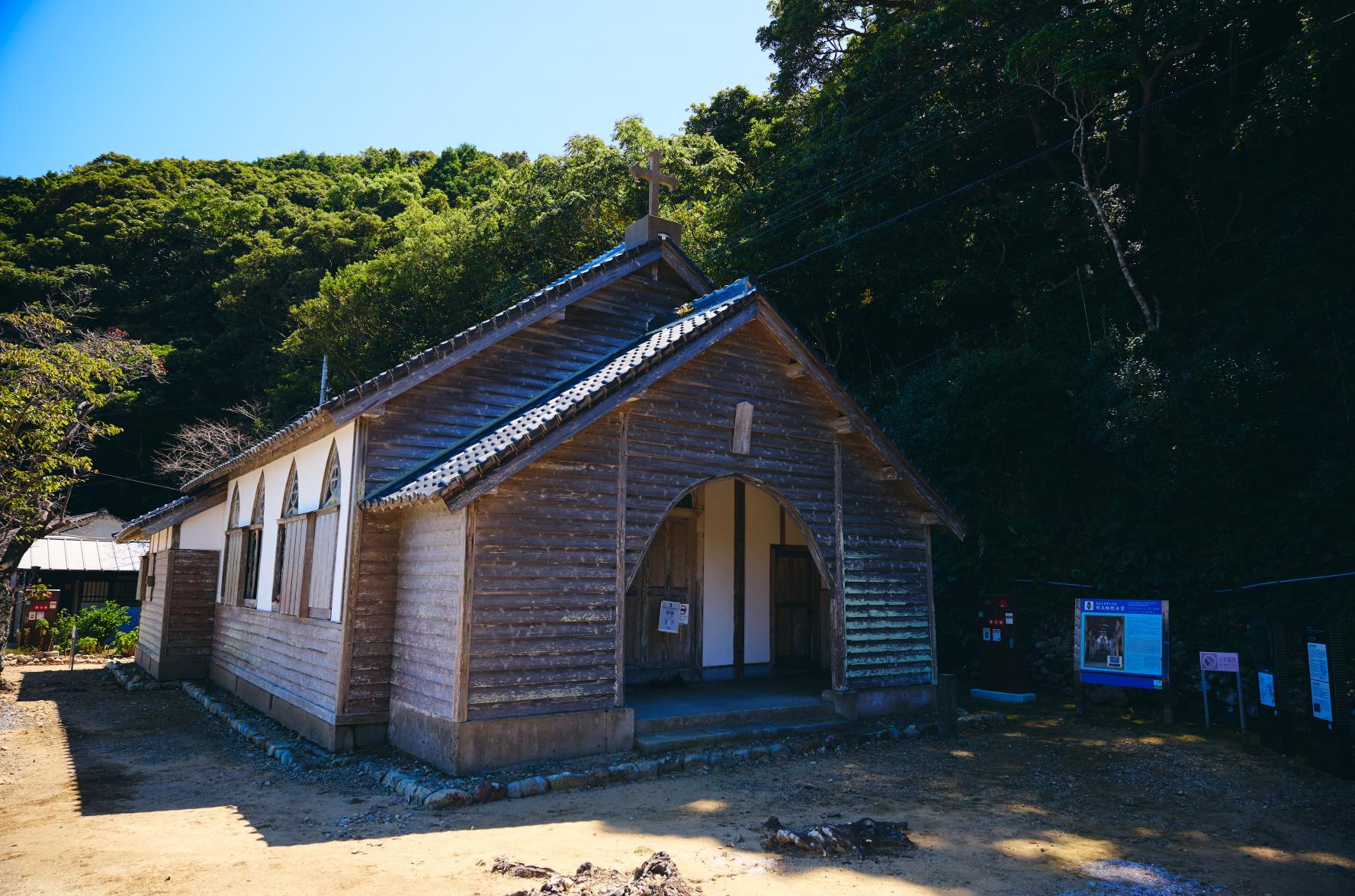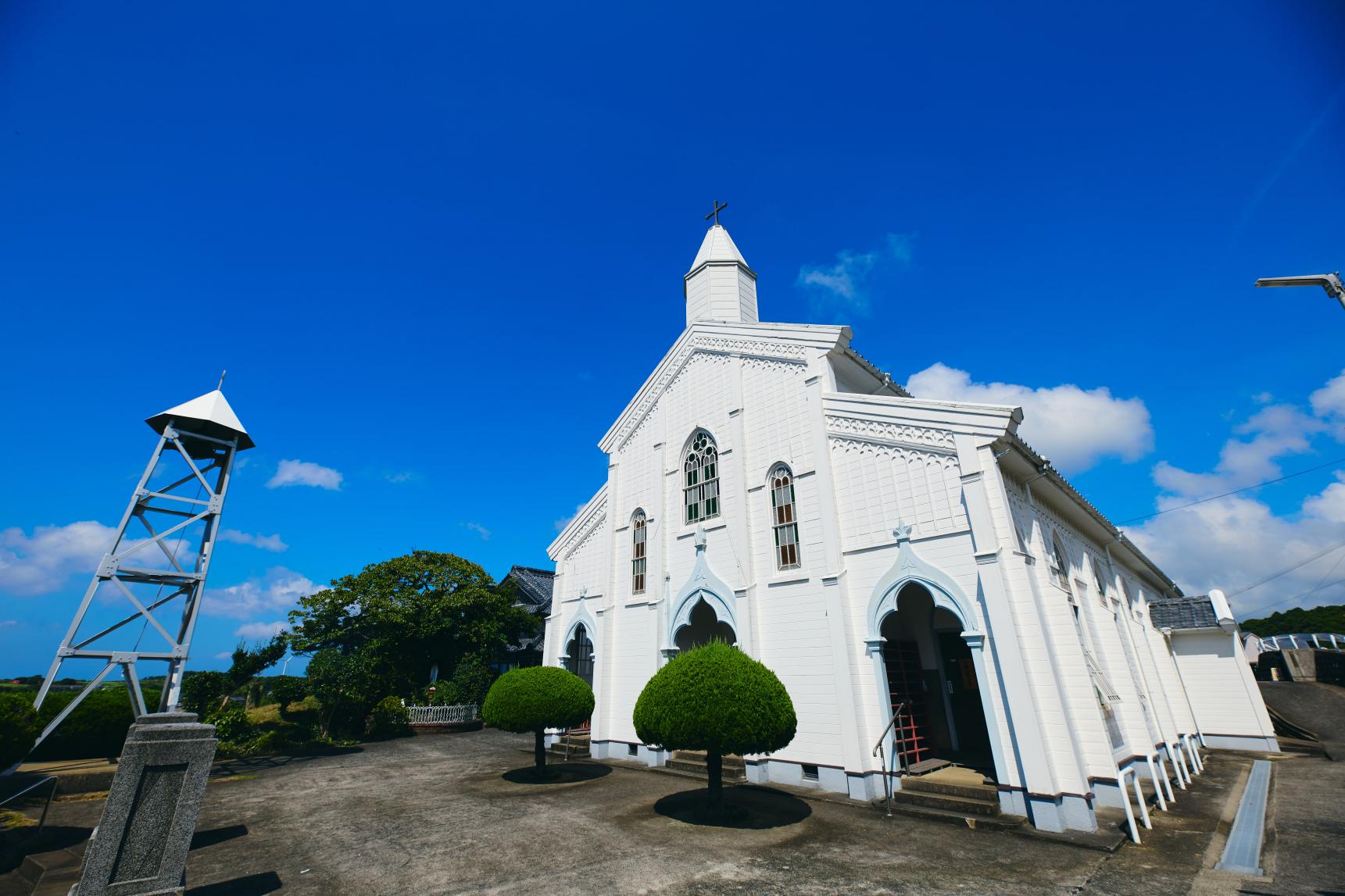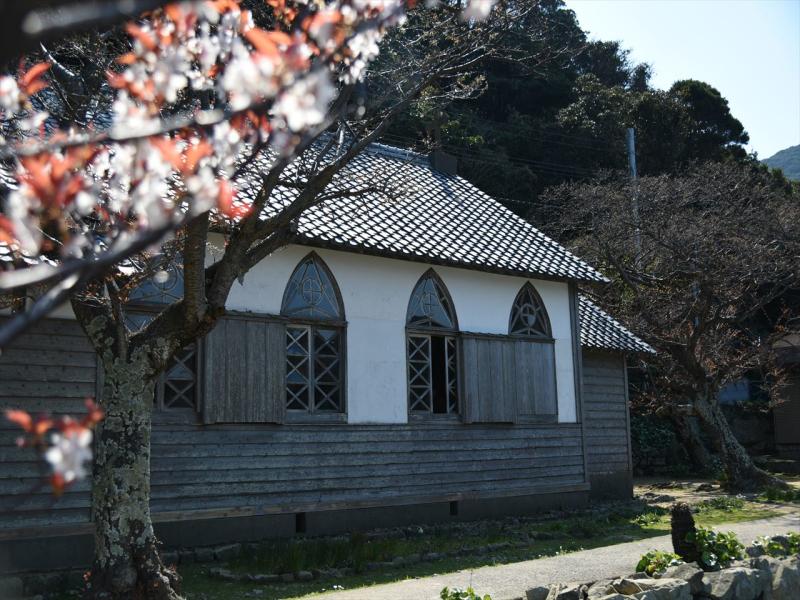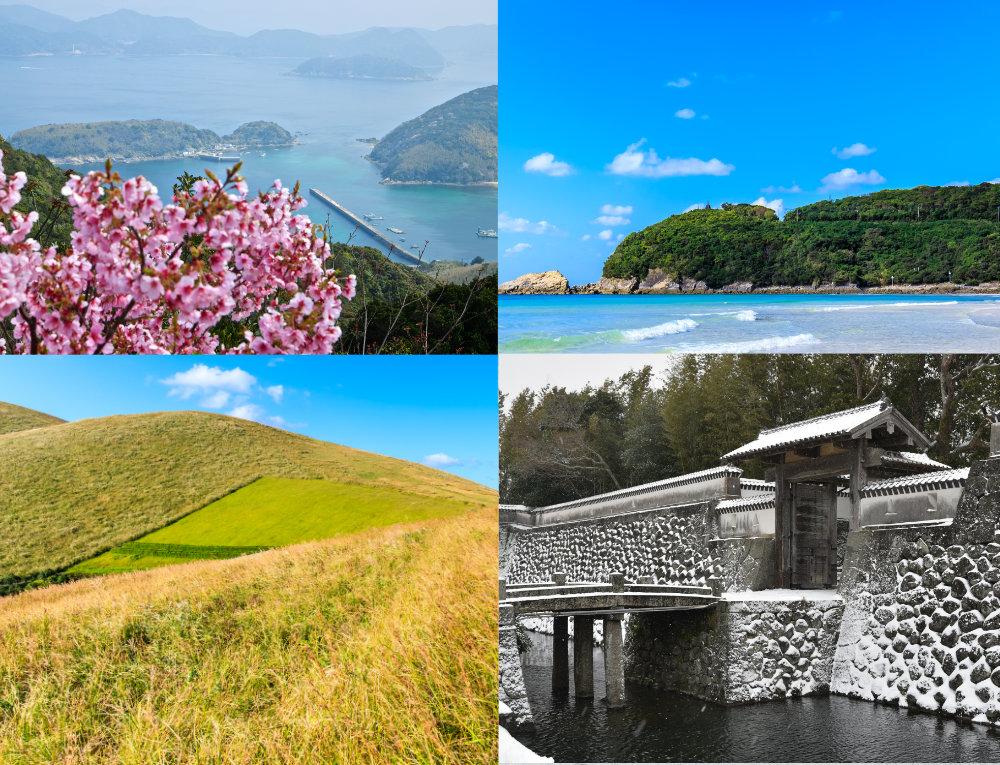
Spring, summer, fall and winter! A guide to tourism in Goto’s seasons
People think of Goto as a place with a southern climate, but it is a tourist destination with four seasons, and even snowfall in the winter. Springtime boasts cherry blossoms in full bloom and beautiful flowers, summer offers stunning seas and white sands, the fall sees bright autumn leaves and a rich natural world, and winter is the season for feeling good in hot springs. This article introduces the climate in each season and suggested clothing, as well as local festivals and events. Plan your trip to suit you after checking this seasonal information.
Contents
- Spring in Goto (March to May)
- Spring scenery
- Spring festivals and events
- Map of spring spots
- Summer in Goto (June to August)
- Summer scenery
- Summer festivals and events
- Map of summer spots
- Fall in Goto (September to November)
- Fall festivals and events
- Map of fall spots
- Winter in Goto (December to February)
- Winter festivals and events
- Map of winter spots
Spring in Goto (March to May)
Spring in Goto is characterized by a gentle, warm climate. The average temperature in March is around 10 degrees (Celsius) with lingering cold, but rises to around 20 degrees in May. You can even wear short sleeves. The flowers, including the cherry blossoms, are at their best in the spring, and you can enjoy flower viewing in all areas. The coastline and mountains are covered in new greenery, and this is the season to comfortably head out on a hike or cycle ride.
Spring scenery
When we think about spring flowers in Japan, cherry blossoms are what we picture. Goto City also has plenty of spots to view beautiful blossoms, including Okuura, where the Kawazu cherry blossoms, characterized by their early bloom and deep pink color, come out in force; Mitake Park at the foot of Mt. Mitake, which bustles with people viewing the cherry blossoms covering the whole area; Tarojima Park, where a cherry blossom festival is held; and Shiraragahama Manyo Park, where the double cherry blossoms and plum flowers are at their best.
In Gyogasaki Park, you can enjoy the spectacle of 400 canola flowers blooming by the sea, the surface so covered in flowers it resembles a yellow carpet.
Spring festivals and events
-
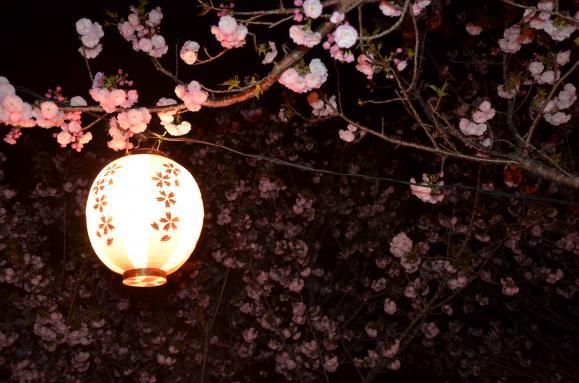
Tomie Cherry Blossom Festival
See MoreThis takes place at Tarojima Park, and is held every year when the cherry blossoms are at their best, from late March to early April. The flowers are illuminated with paper lanterns in the evening, allowing visitors to enjoy magical night blooms.
-
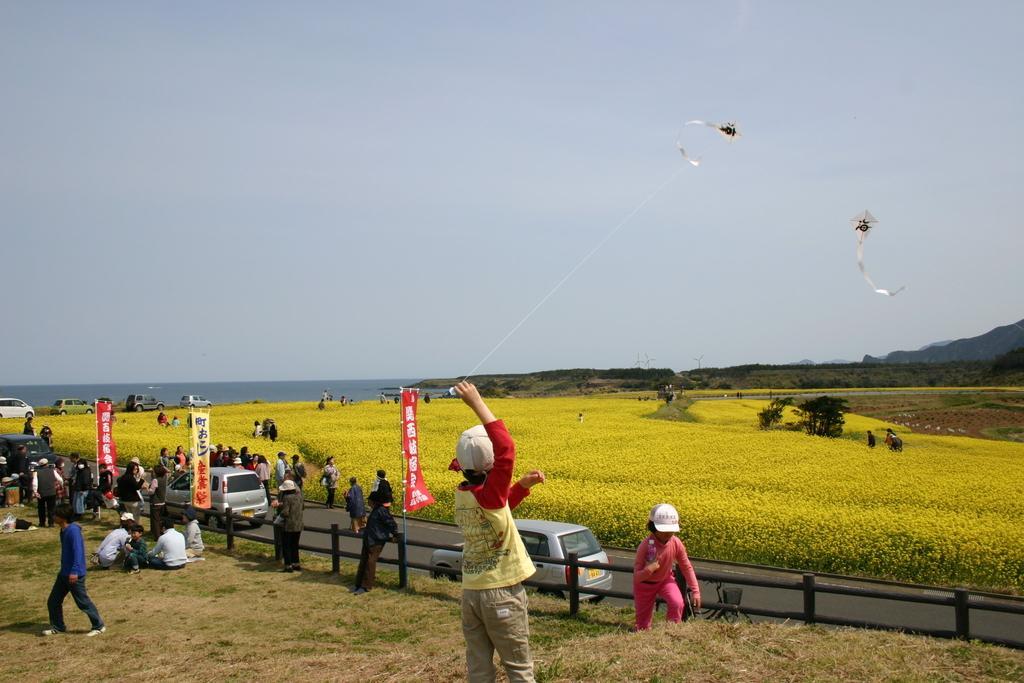
Gyogasaki Canola Festival
See MoreThis is a flower festival held in Gyogasaki Park every year in early April. Join in fun events among the blooming canola, including lotteries and rice-cake throwing (mochimaki).
-

Baramon Kite-flying Competition
Kites known as “baramon,” meaning “lively person” in Goto's local lingo, are flown high in the air in Onidake Park, with the wish for children’s healthy growth.
Map of spring spots
Google Maps may not display correctly if left open for more than 1 day.
Summer in Goto (June to August)
From around late May, you can see the whimsically dancing fireflies, symbols of early summer in Japan. Traditional summer festivals are also held in different areas.Summer in Goto sees high temperatures, averaging 22 to 27 degrees, and increased humidity. On some days, the highest temperature is over 30 degrees and the sunlight is strong, so you will need ways to block UV rays and prevent heatstroke. This is the season for pleasant sea breezes, swimming in the ocean, and marine sports.
Summer scenery
In Gyogasaki Park, the best time to see the hydrangeas is in June, and the sunflowers in August.
Places where you can experience a Goto summer include seaside spots such as Takahama Beach, said to have one of the most beautiful seas in Japan, and Tontomari Beach, with white sands and breathtakingly beautiful emerald-green waters, as well as mountain areas such as the Dondon Buchi Waterfalls, where you can immerse yourself in the forest, in a natural world with plenty of minus ions, and enjoy gorge climbing.
Summer festivals and events
-
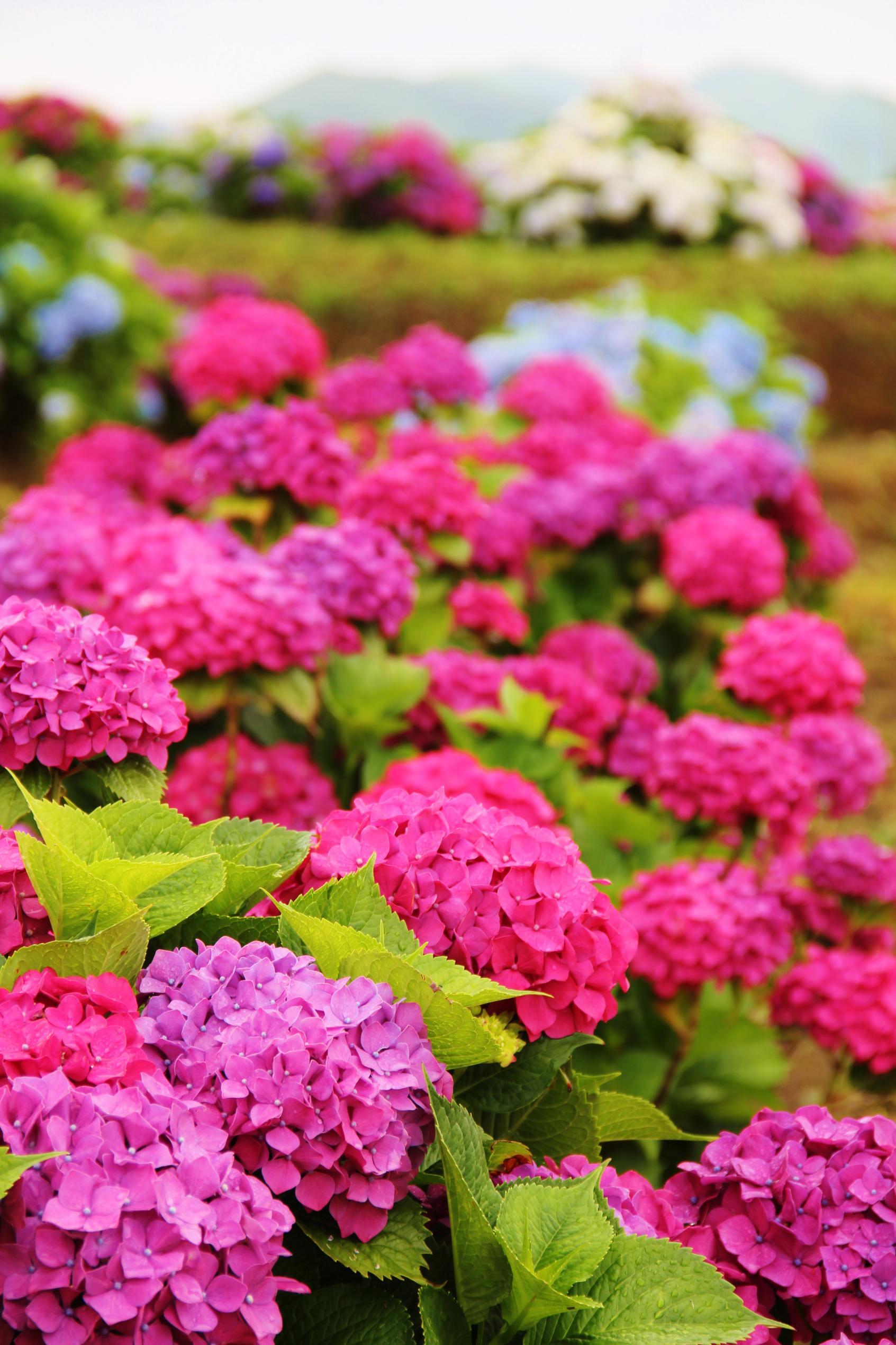
Gyogasaki Hydrangea Festival
See MoreHeld when Gyogasaki Park’s hydrangeas are at their peak, this festival is full of excitement, with fun events such as sales of local products, stage attractions, and a lottery.
-
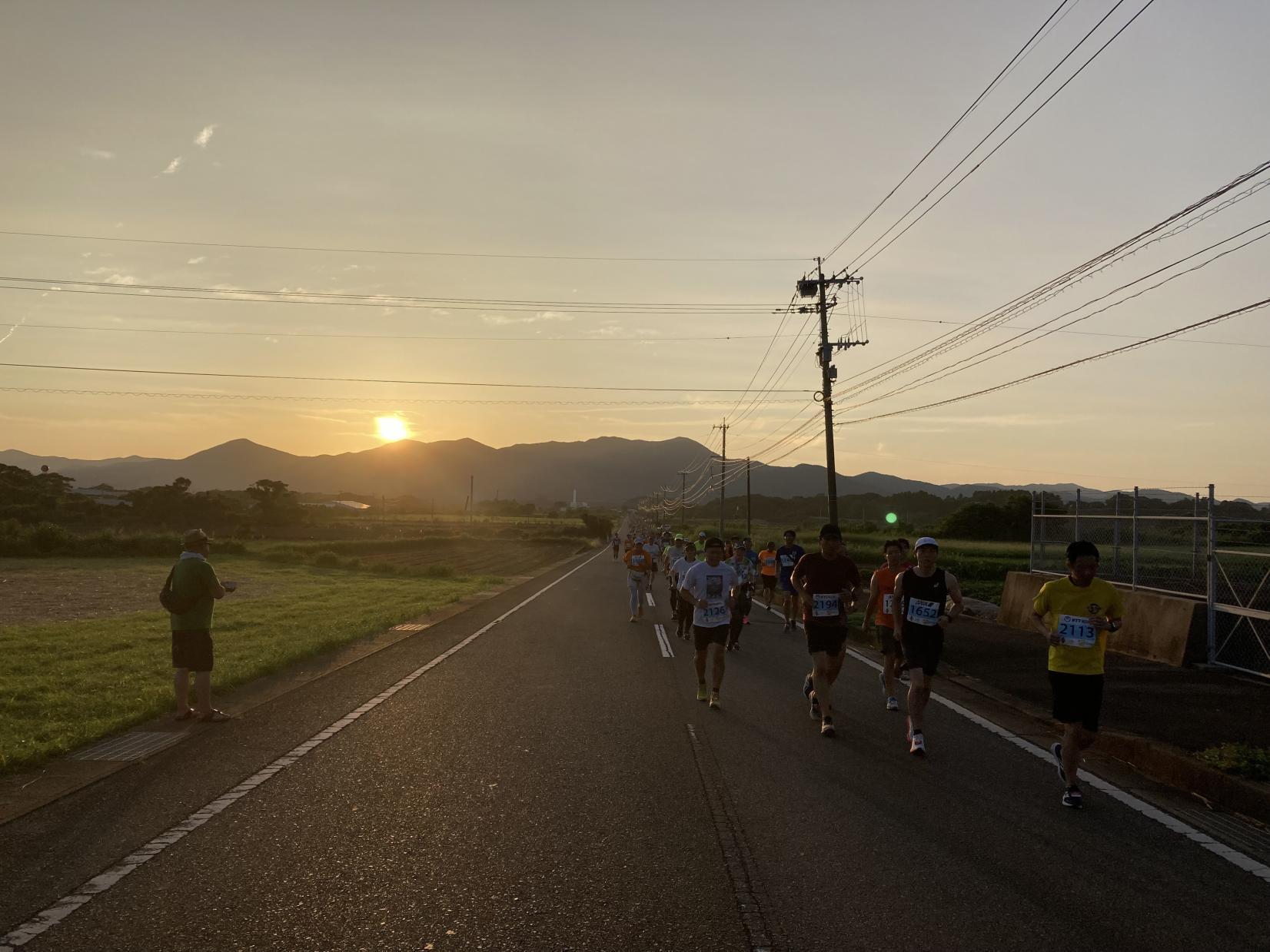
Goto Islands Sunset Marathon
See MoreThis marathon takes place in mid-summer, with the catchphrase, “run with the last sunset of Japan at your back.” There are also places to try Goto beef and Goto biton pork at the goalposts.
-

Omonde
See MoreOmonde is a traditional event passed down on Sagano Island. Each year on August 14, taiko drums are beaten in time to a singer and the rhythm of a gong in cemeteries and the gardens of houses, and you can see people form a circle and dance.
-
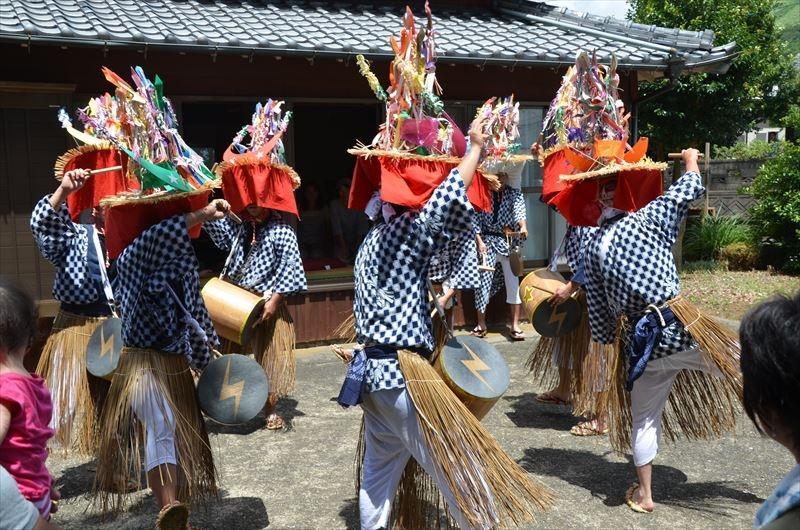
Chankoko
See MoreChankoko is a traditional event mainly passed down in Goto City. Every year from August 13 to 15, you can see extraordinary dancing in time to the sound of gongs and singing in different parts of the city.
-
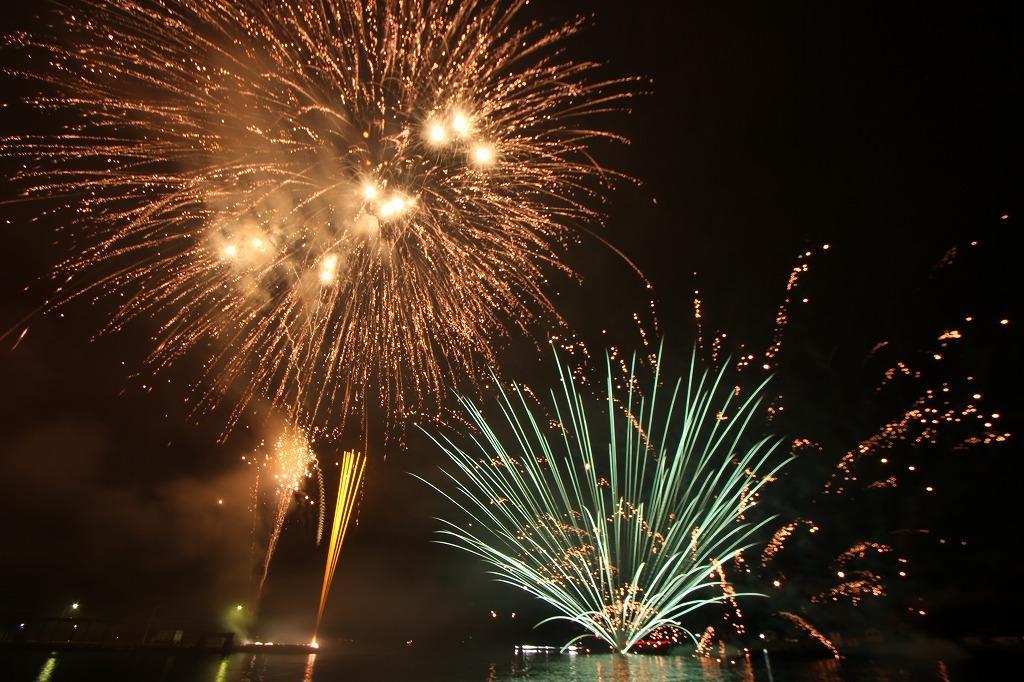
Summer festivals (firework displays)
See MoreSummer festivals are held in various places in Goto in August. There are also festivals with yatai stalls, stage events, and fireworks, so Goto’s summer sky lights up with color.
Map of summer spots
Google Maps may not display correctly if left open for more than 1 day.
Fall in Goto (September to November)
Fall in Goto sees the temperature steadily drop between September and November, creating a comfortable climate with average temperatures of 13 to 24 degrees. The mornings and nights are cold in November, so bring a thick jacket for your comfort. This is the season to enjoy beautiful fall leaves on Goto’s mountains and in its parks, and we also recommend trekking up Mt. Onidake, dyed yellow-gold.
Fall festivals and events
-
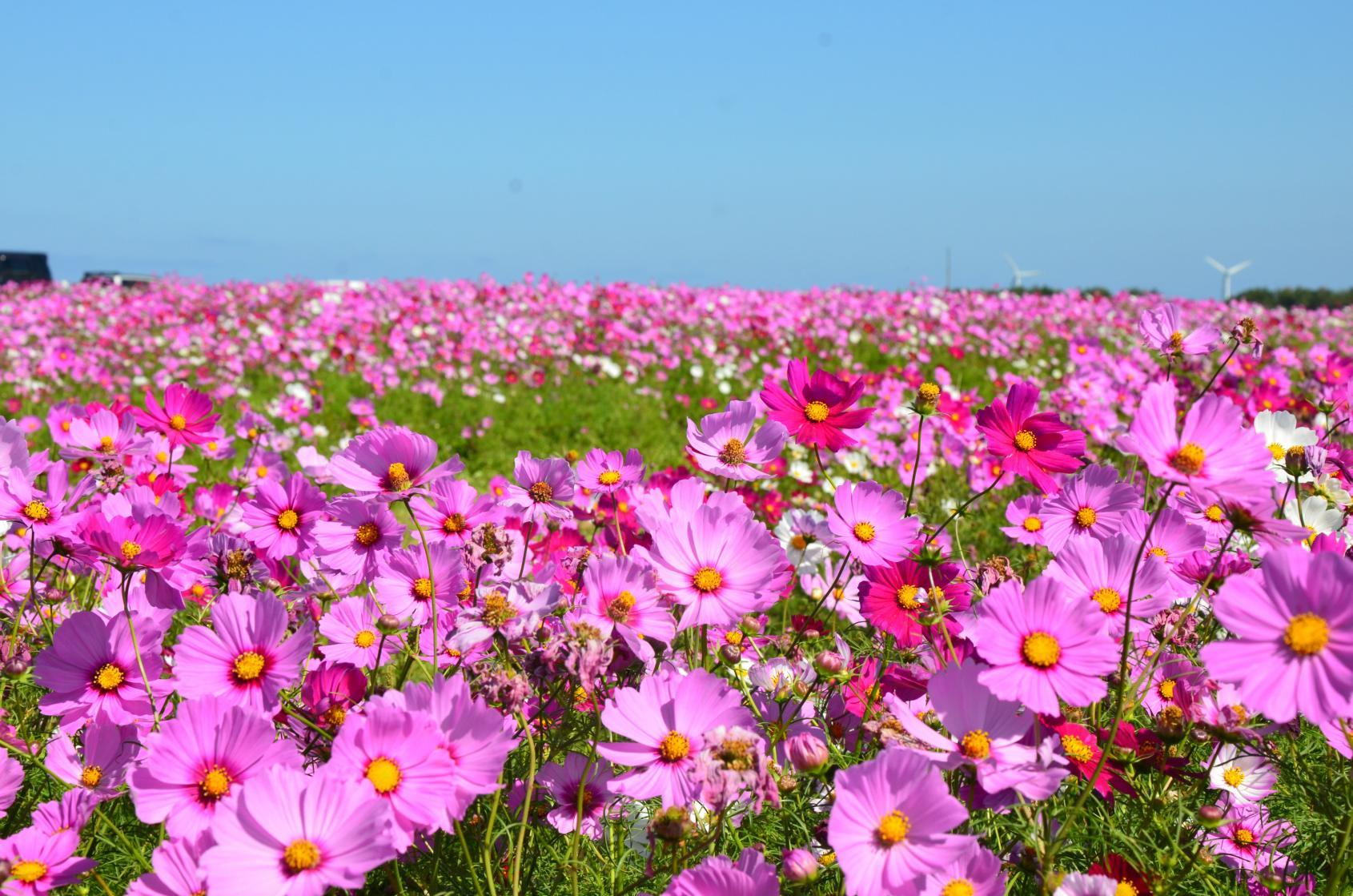
Gyogasaki Cosmos Festival
See MoreThis takes place in Gyogasaki Park in mid-October each year, when around 1.5 million pink and white cosmos (of five varieties) are in full bloom over 11,000 m2 of fields.
-
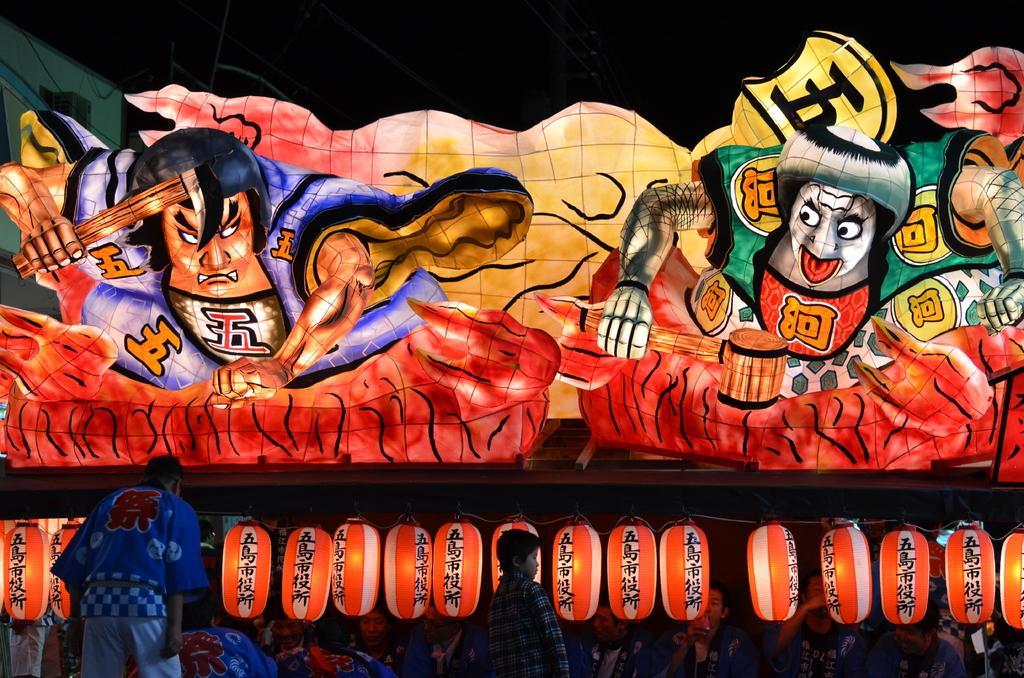
Fukue Port Festival
See MoreThis is the largest festival held in Goto City, with powerful giant nebuta floats parading through the streets! At the end of the nebuta procession, there is a great taiko drum performance. There are also fireworks on the last day.
-
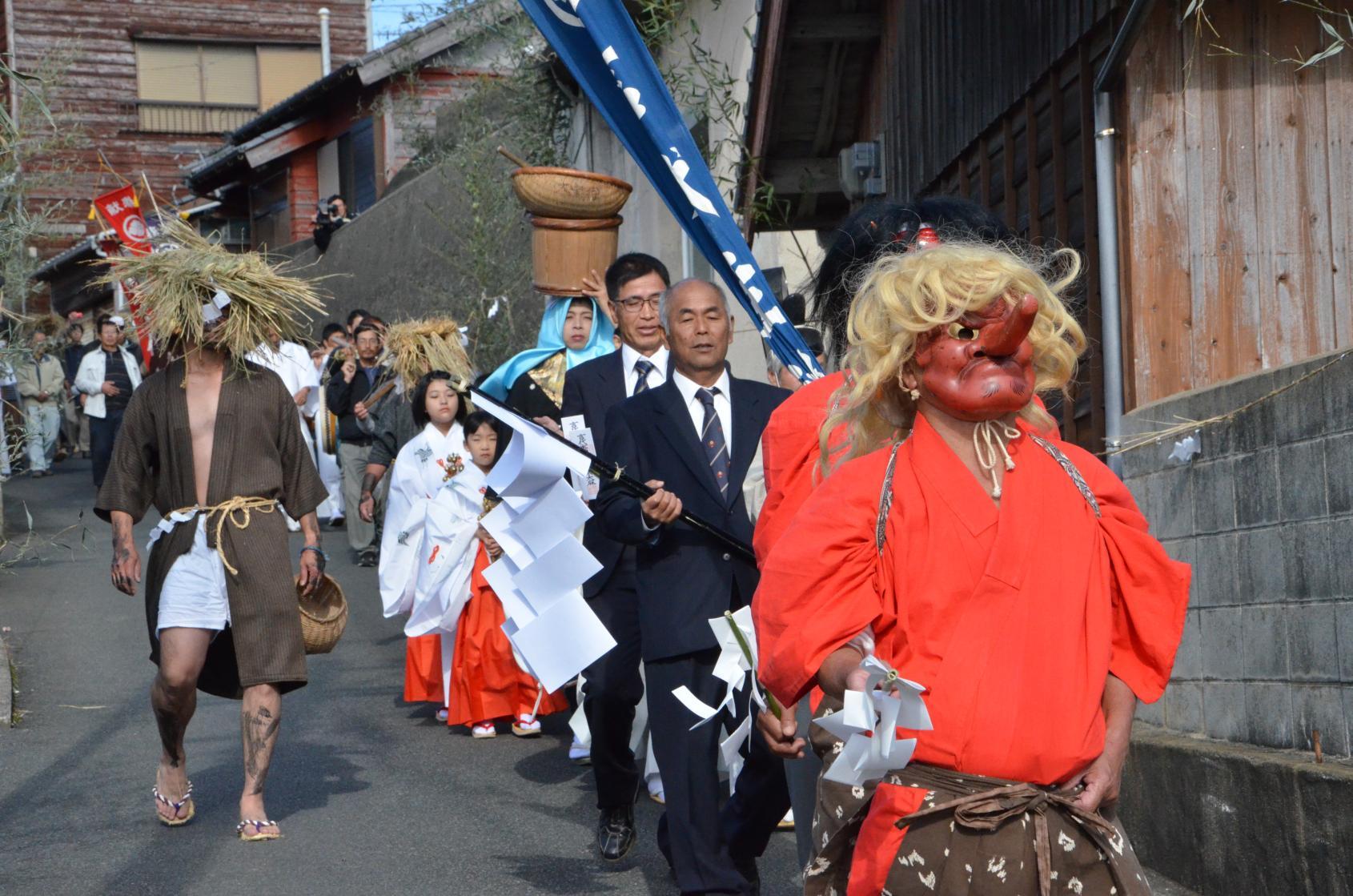
Daihogo no Zunauchi (sand throwing):Tamanoura
See MoreThis is the fall festival of Daihogo Shrine, during which people pray for sound health, an abundant harvest, and a good catch. The god’s procession travels around the streets, with a sand demons (sunaoni) at the rear throwing sand at everyone around to drive evil spirits and illnesses away.
Map of fall spots
Google Maps may not display correctly if left open for more than 1 day.
Winter in Goto (December to February)
Goto’s winter averages 7 to 10 degrees, making it relatively warm and comfortable compared to regions of bitter cold. However, there are days of strong winds and even snowfall, so you will need clothing such as a down jacket, a coat, and jumpers. On cold days, you can enjoy the hot springs in accommodation and bathing facilities and warm yourself up! These include Tomie Hot Springs, Onidake Hot Springs (hotel guests only), and Arakawa Onsen.
Winter festivals and events
-
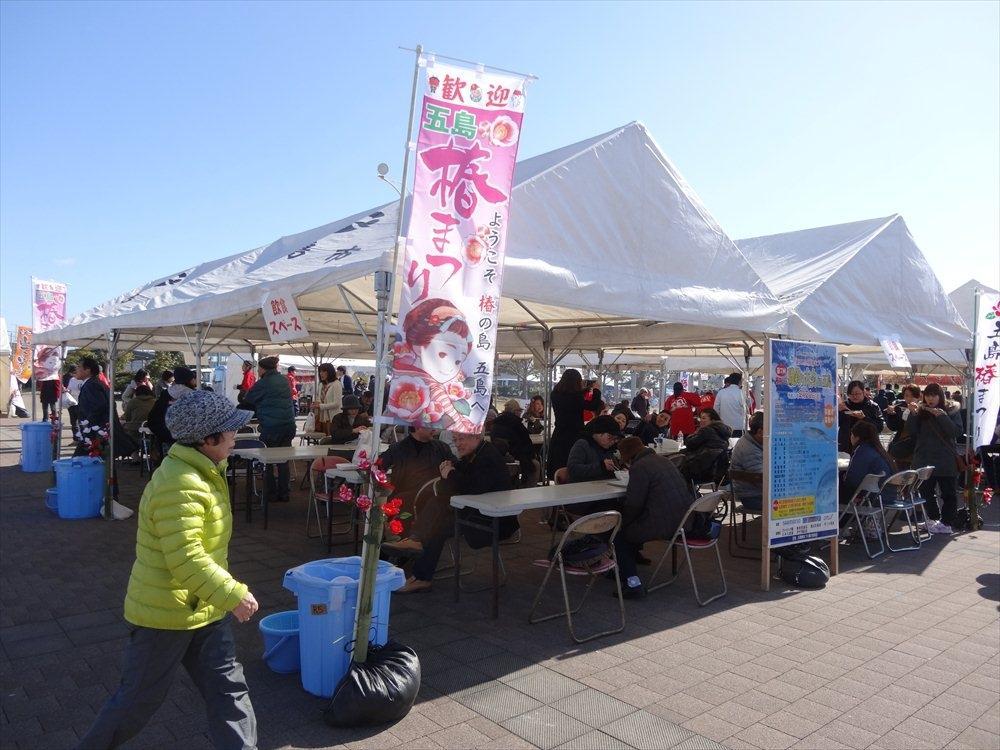
Goto Camellia Festival
See MoreThis festival is held in February in Goto, known as the native land of camellias. There is lots of excitement, with displays of camellias, events, and tours. Nagasaki Prefecture’s only full-length marathon is held at the same time.
-
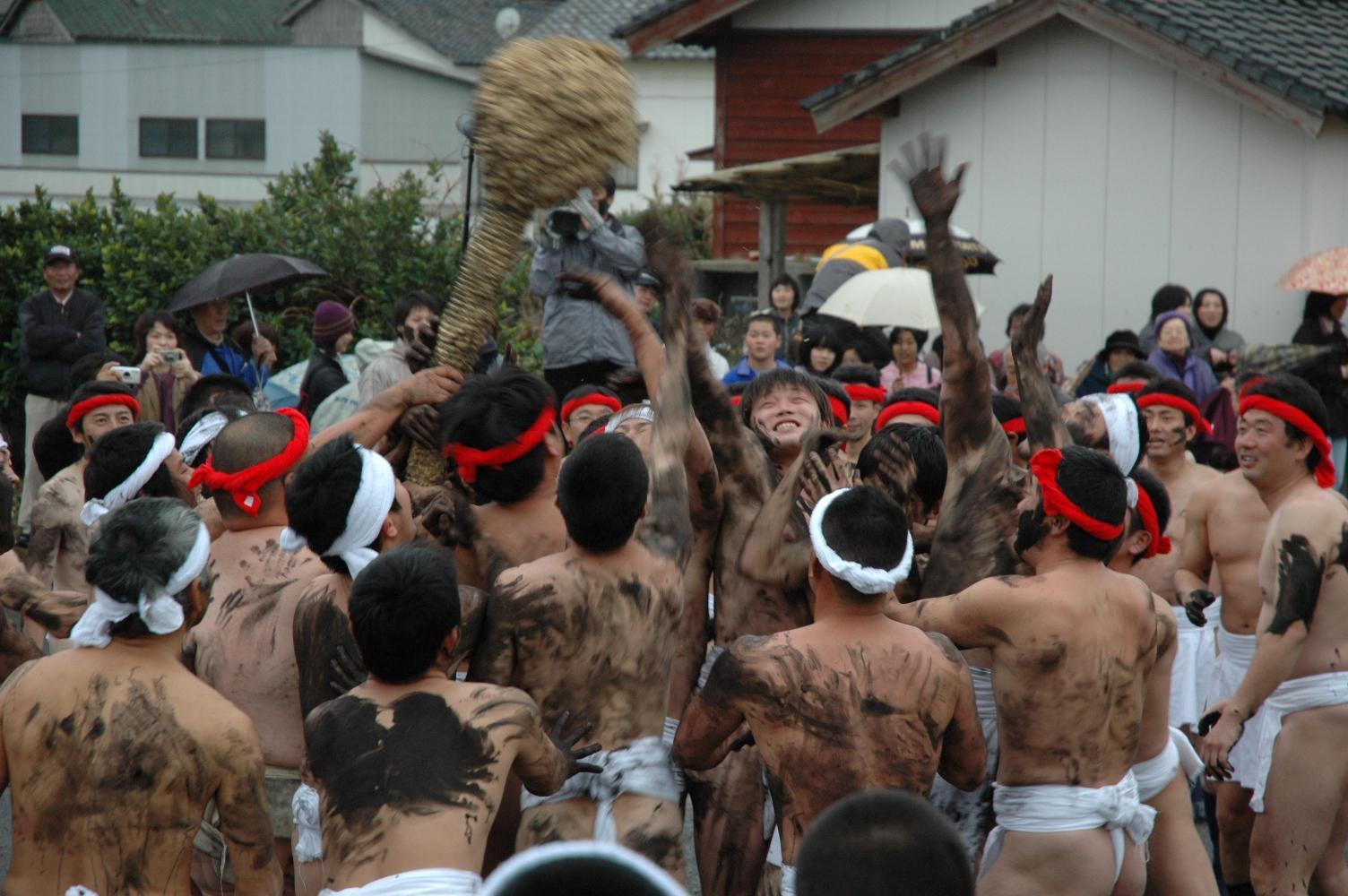
Hetomato
See MoreThis folk festival has been passed down for many years. Held on the third Sunday of January, it prays for an abundant harvest, good catch, and flourishing posterity. It includes a tug of war between youths with soot on their faces and bodies, and a parade carrying huge zori sandal weighing around 300 kg.
-
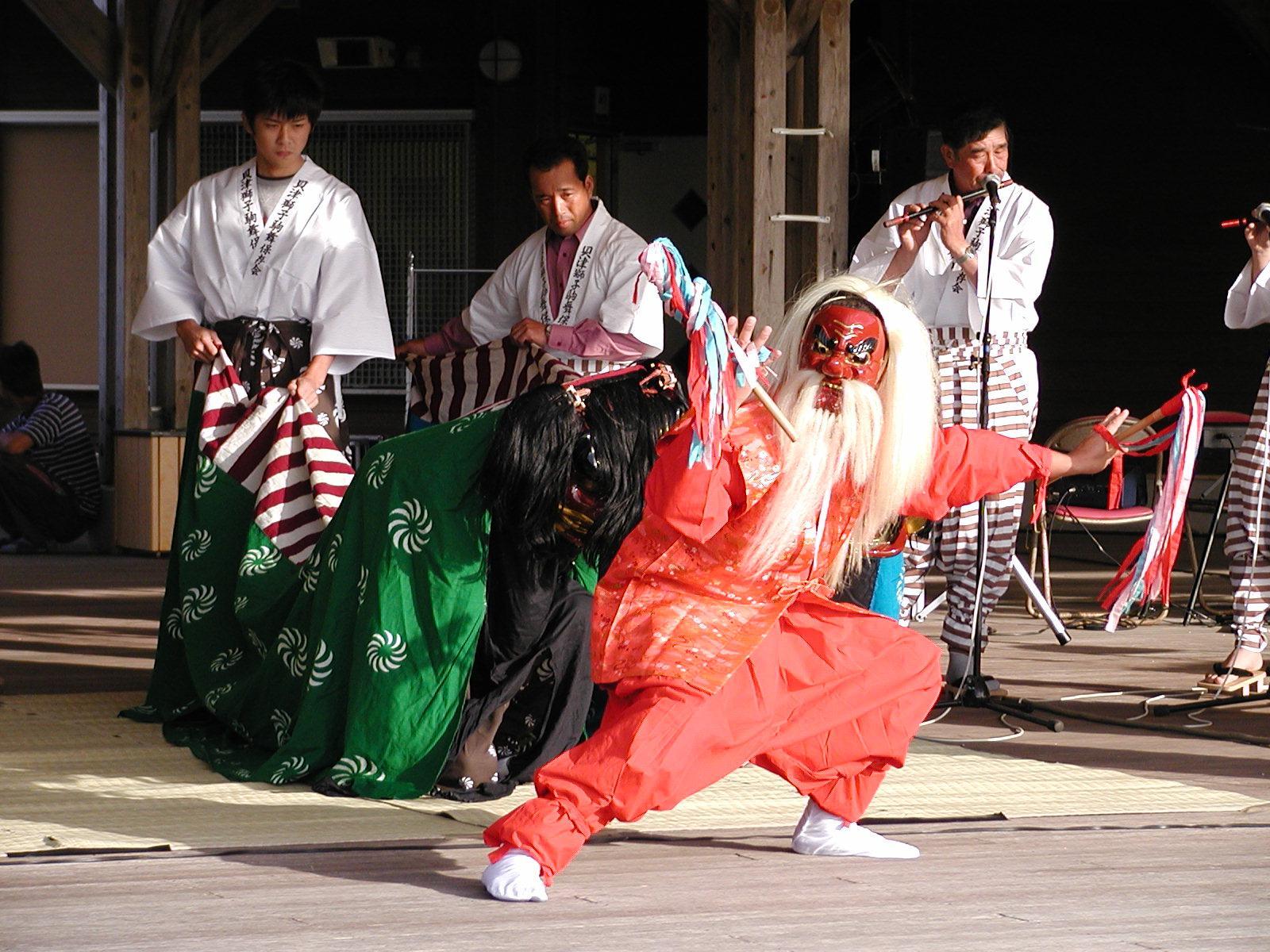
Kaizu Shishi Koma Mai Dance
See MoreThis traditional new year’s event has continued for over 300 years at Kaizu Shrine. A female shishi, male shishi, and a god known as Sarutahiko wearing a tengu mask dance to taiko drums and a flute, praying for good health and safety in the home for the year.
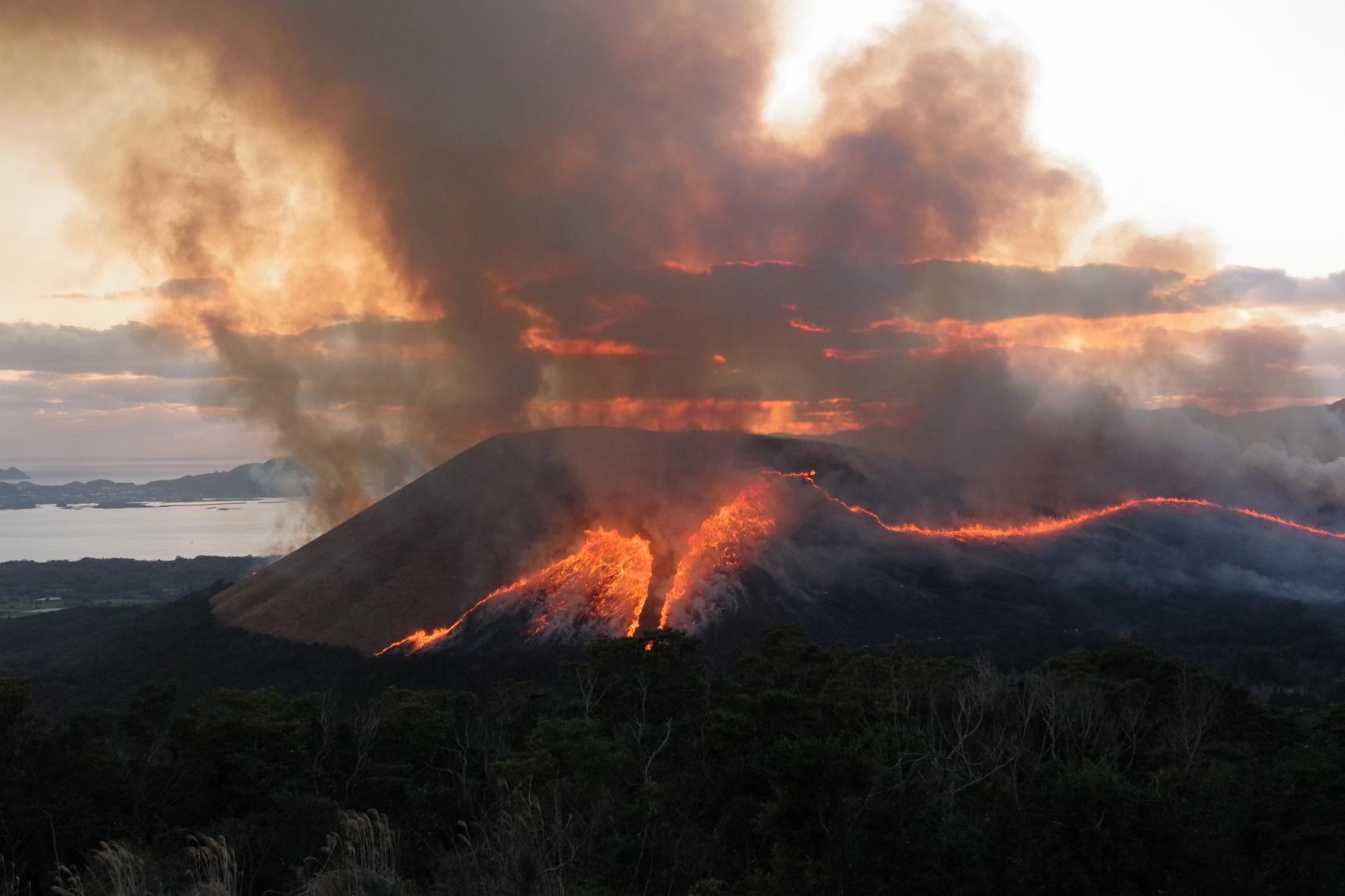
Mt. Onidake burning
Mt. Onidake, the symbol of Goto City, undergoes a mountain burning once every three years. This involves setting fire to the grasses from halfway up the mountain to its peak to enhance the landscape, destroy harmful insects, and encourage new plant growth. New shoots appear on the bare, blackened mountain, and a few months later it is once again covered in vivid greenery.
Map of winter spots
Google Maps may not display correctly if left open for more than 1 day.
Ranking of popular articles
-
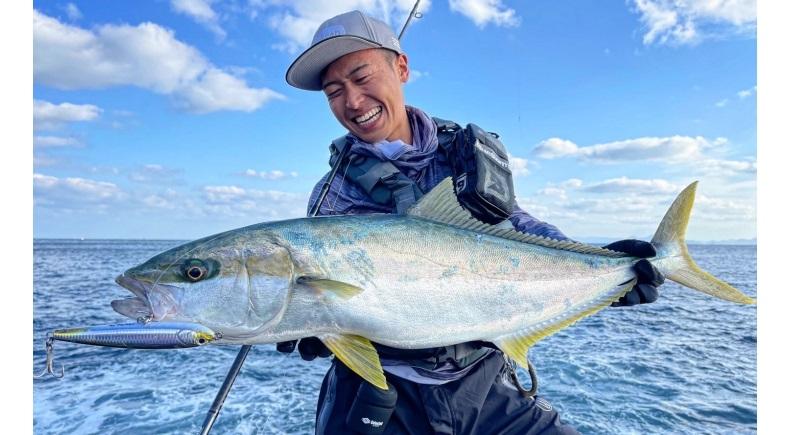
Head to the Goto Islands for fishing in Japan! Guide to fishing spots and boats
-
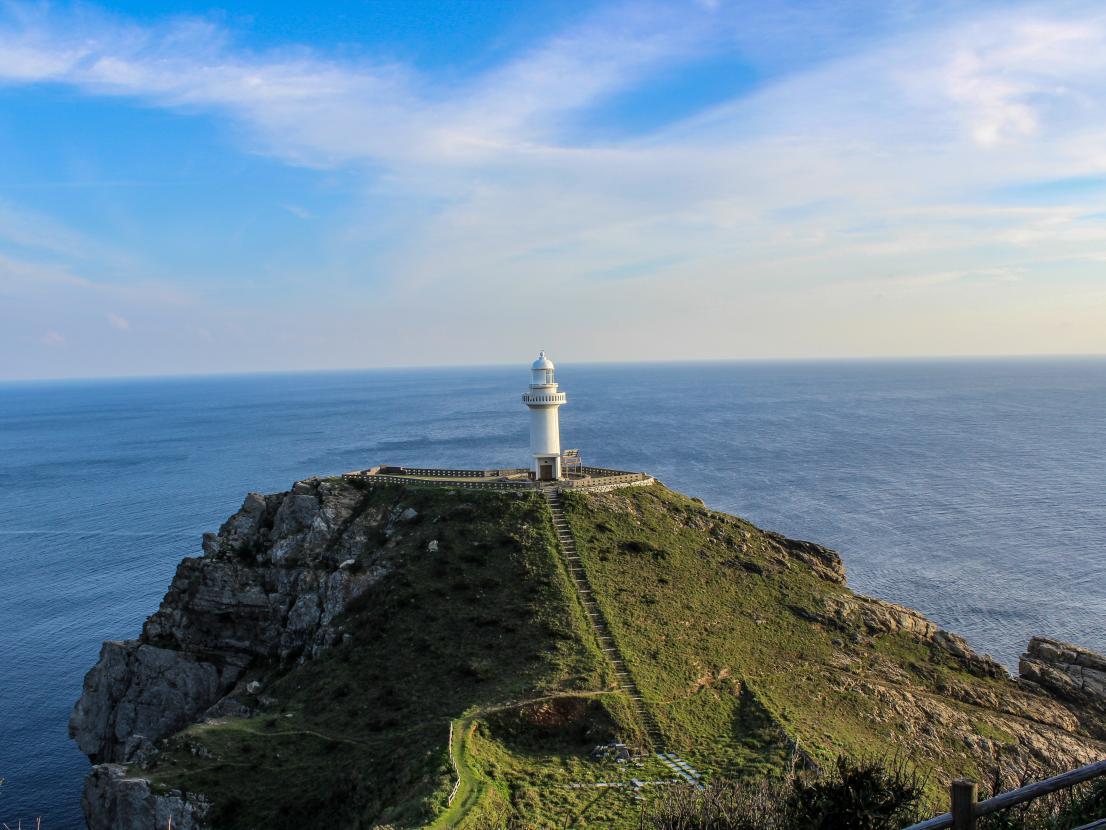
Tourism guide for first-time visitors to Goto: Introducing islands where nature and history exist in harmony
-
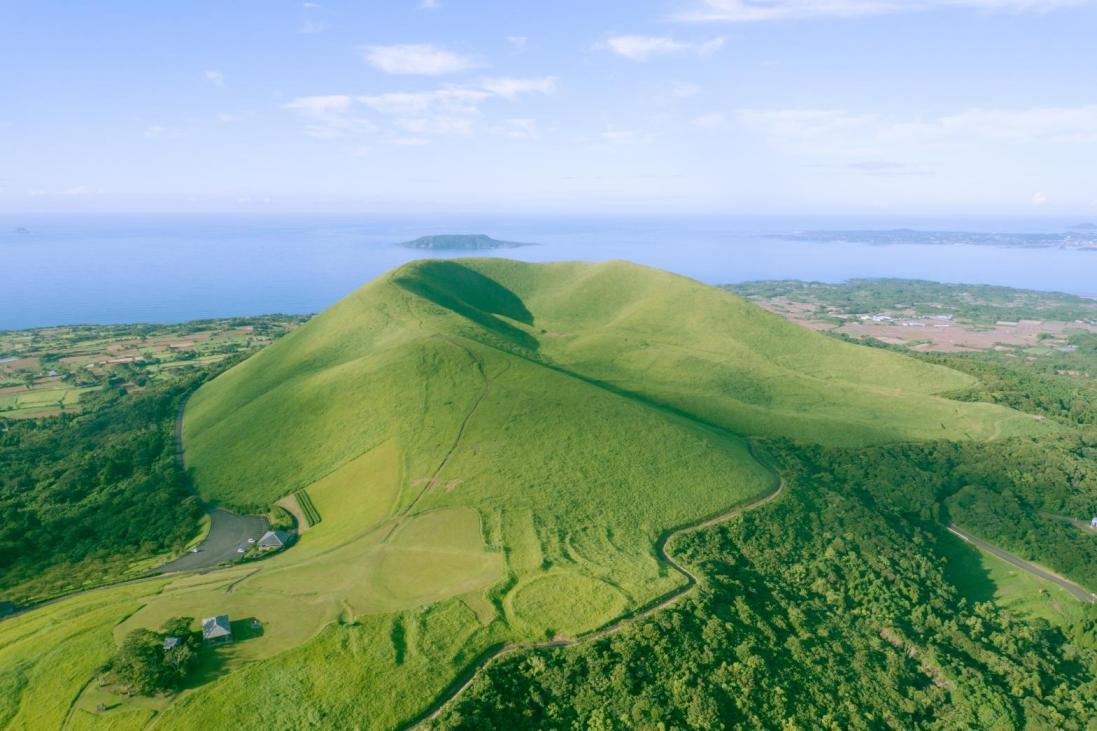
Goto Islands Geopark: Goto’s scenic spots & Map
-
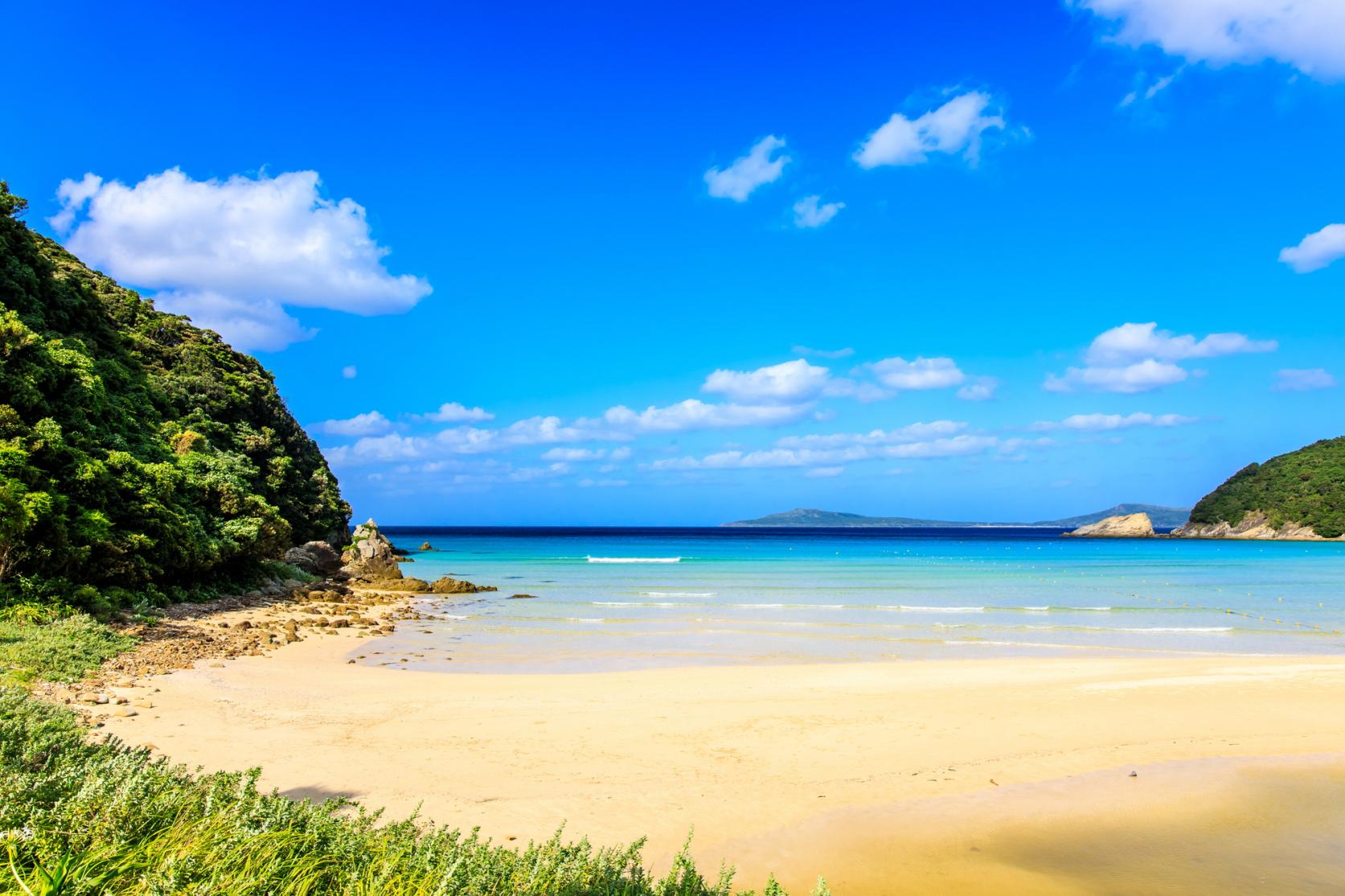
Nine sea-swimming destinations in Goto & Map, and wonderful sea experiences!
-

Visiting Goto’s churches, built by the hidden Christians


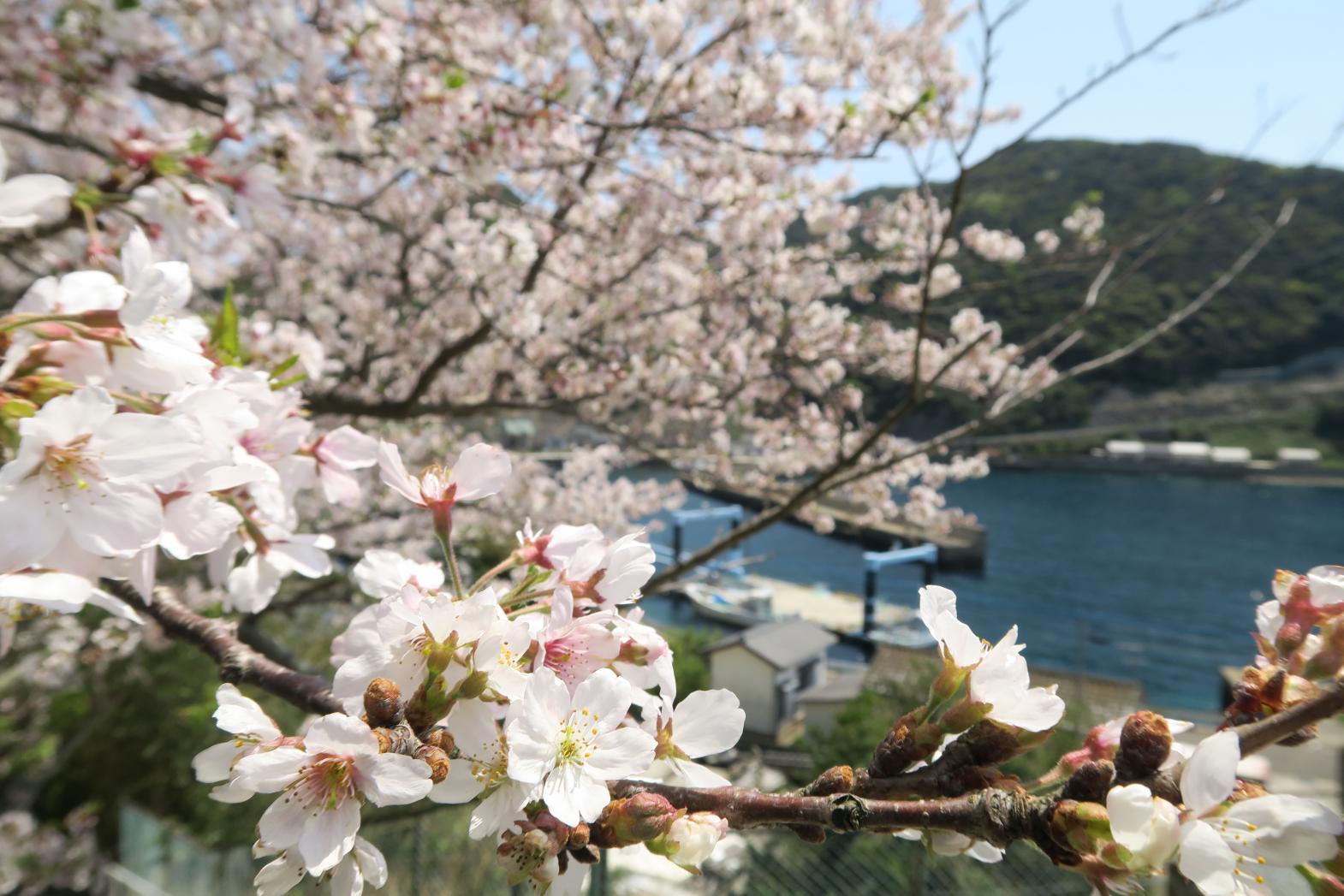
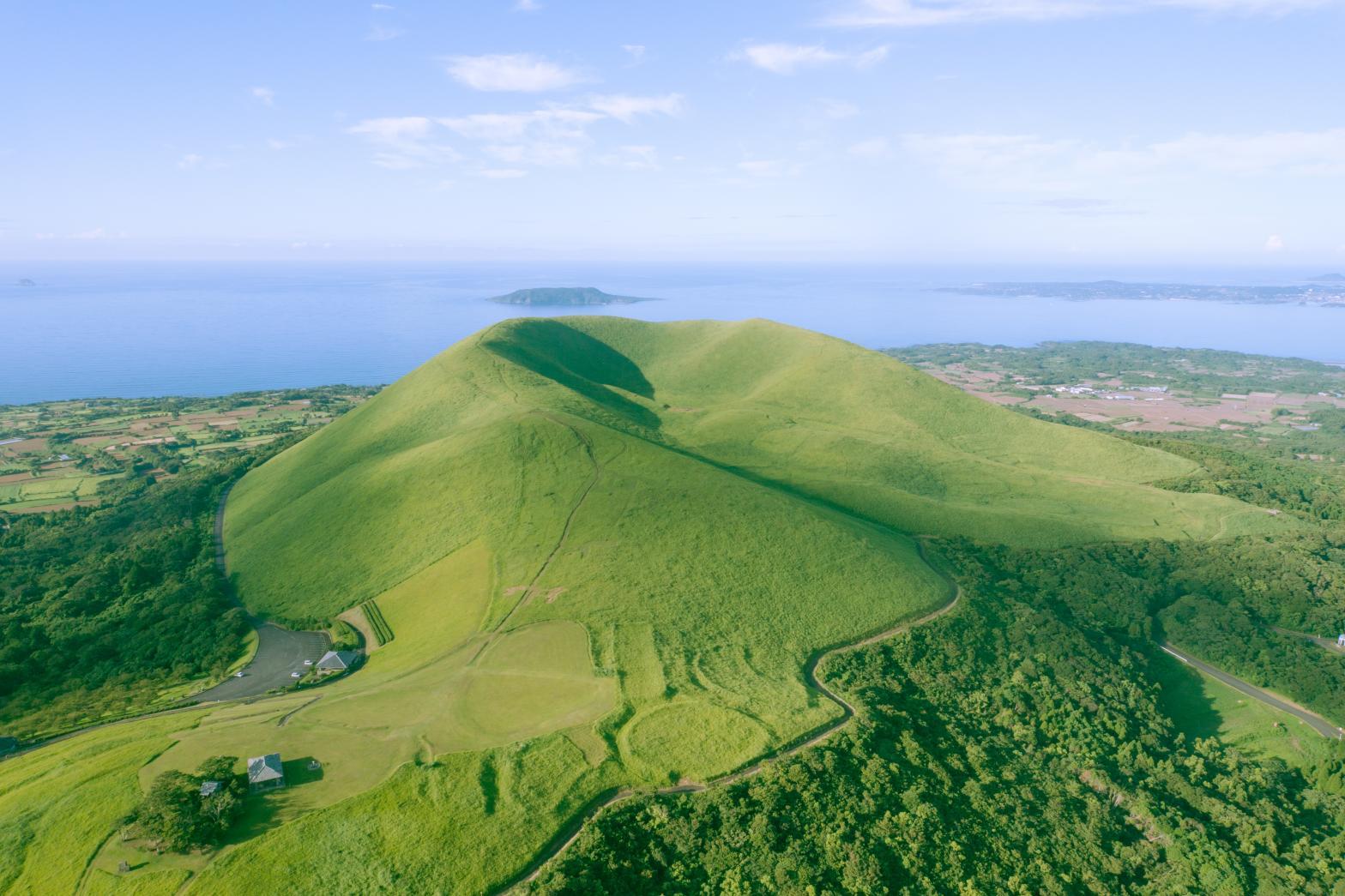
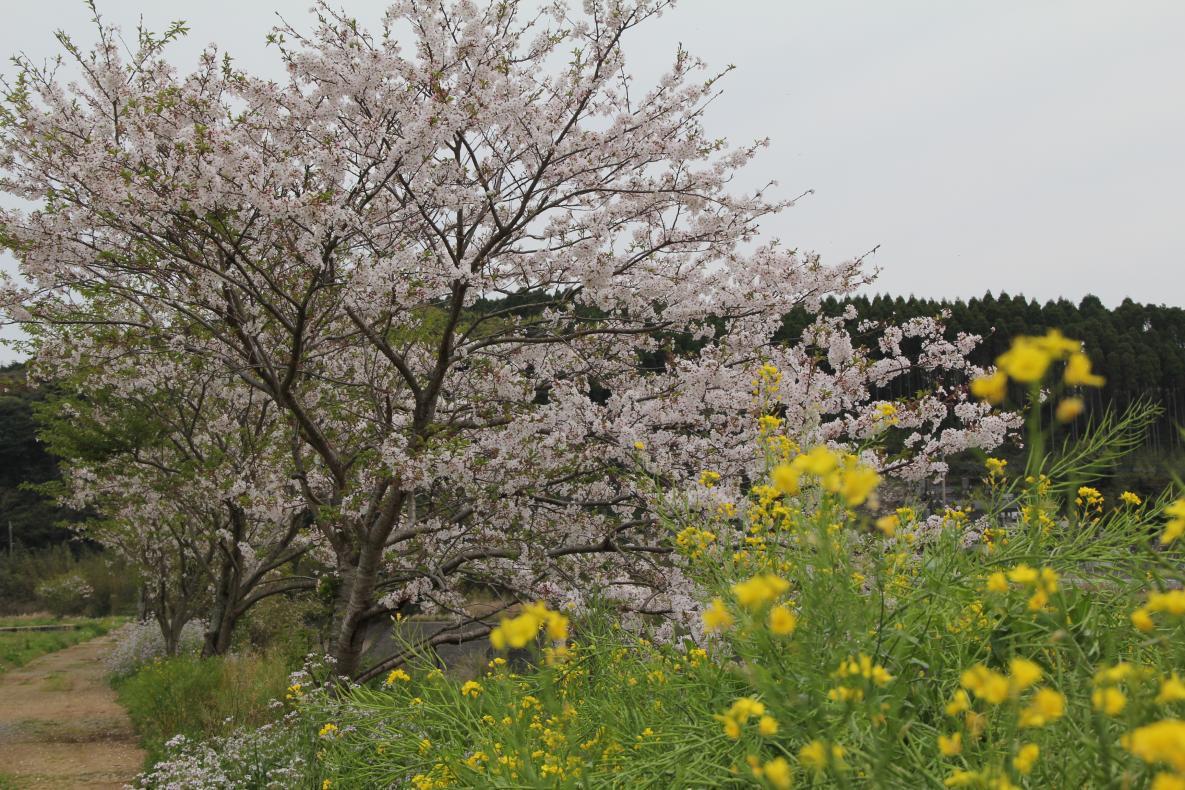
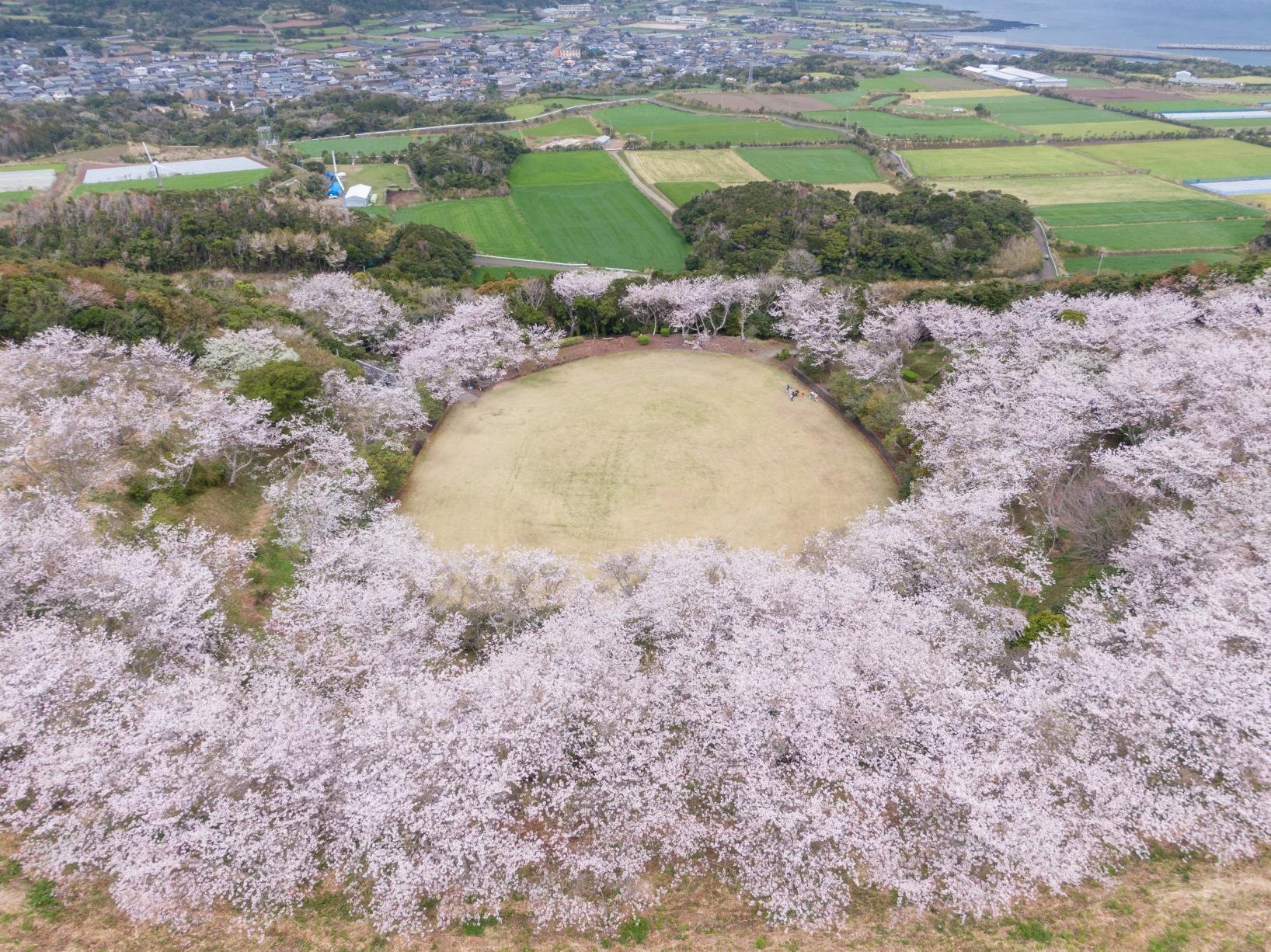
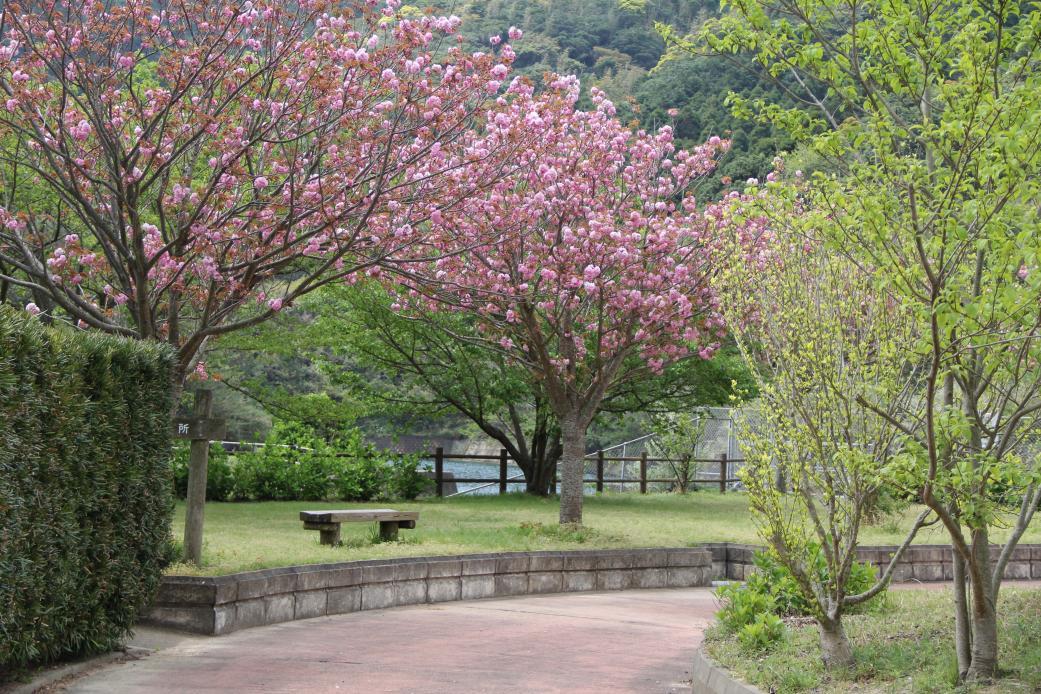
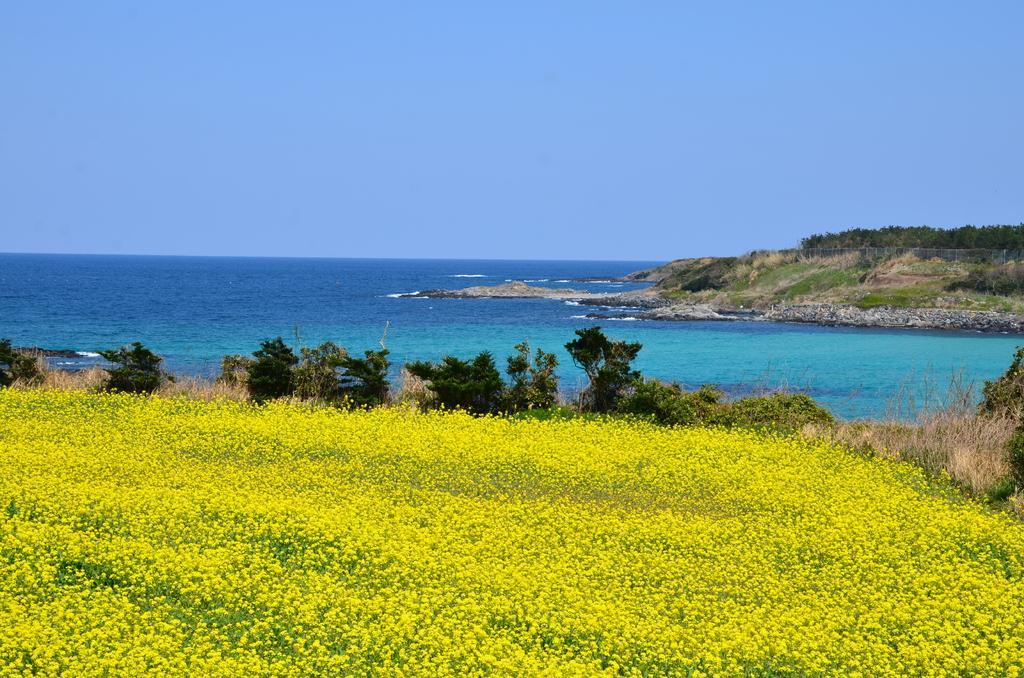
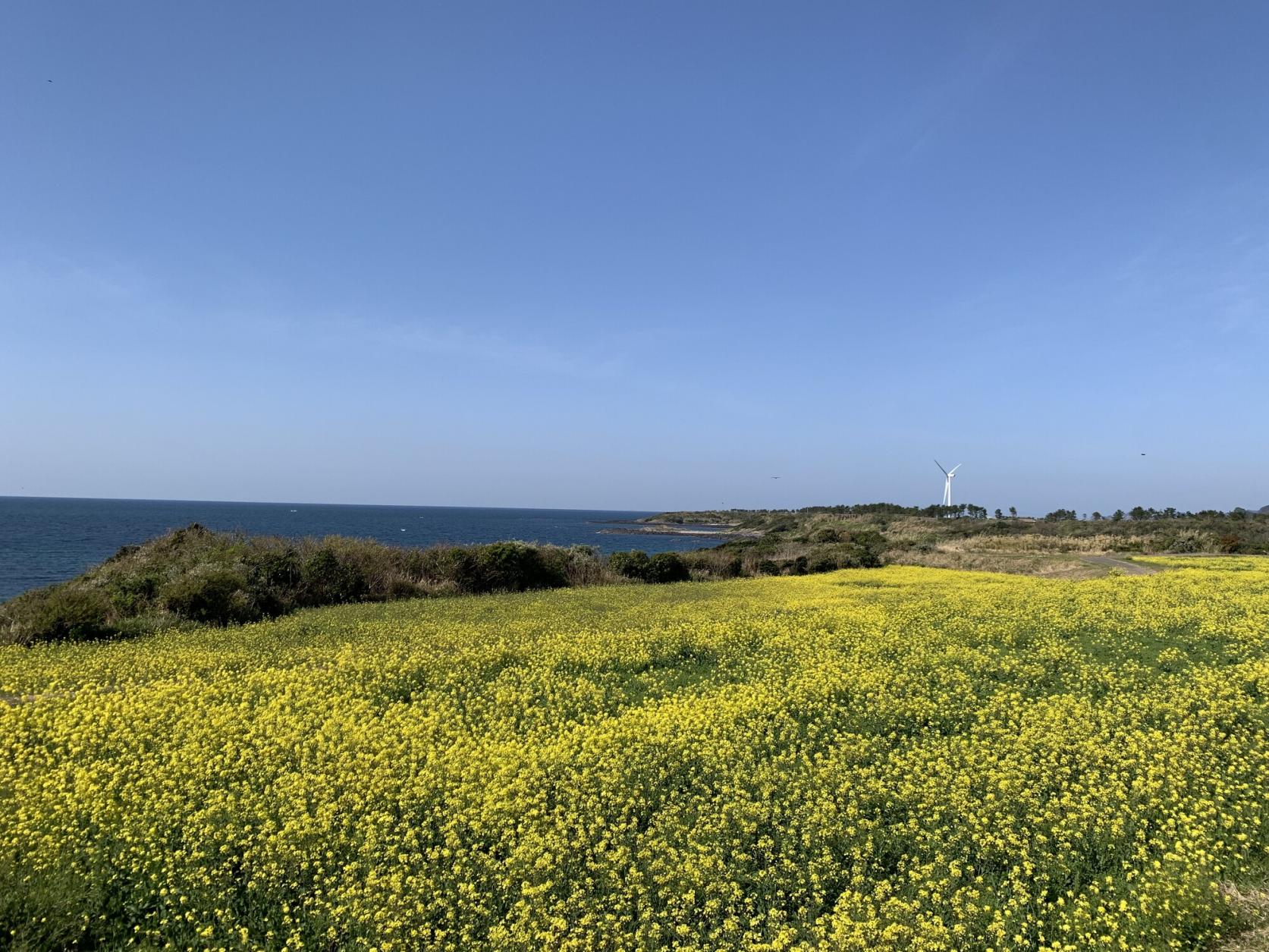
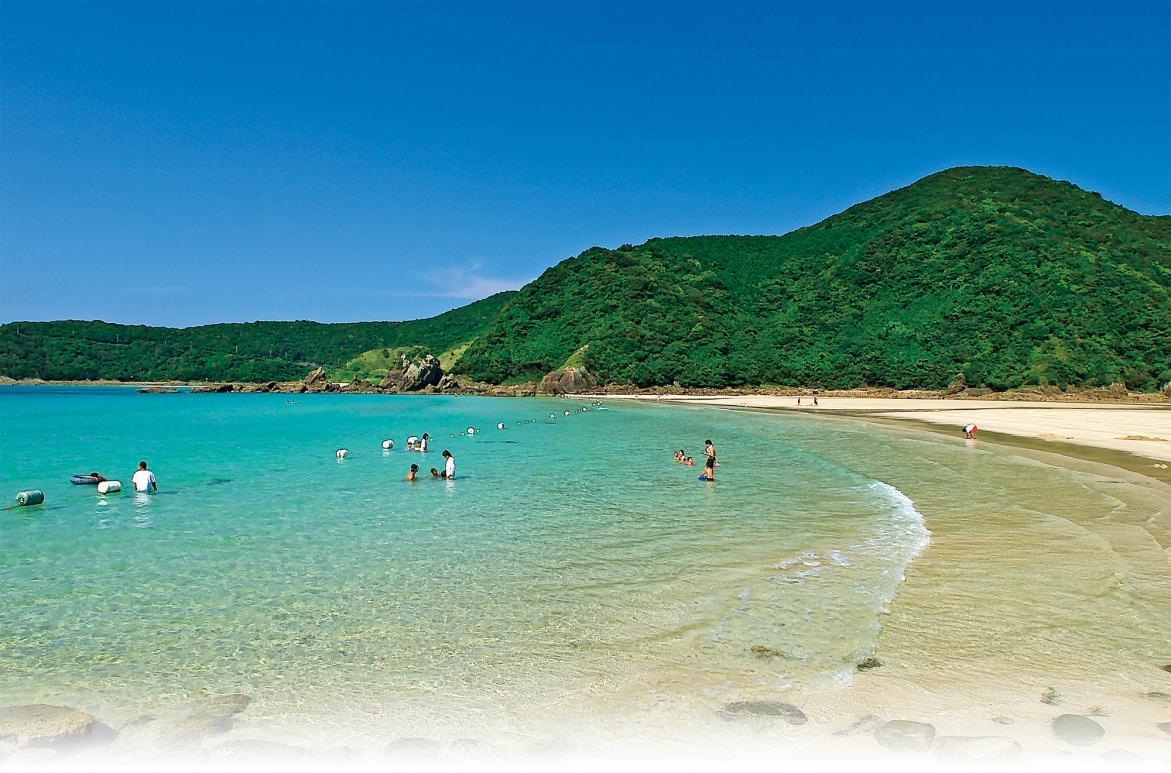
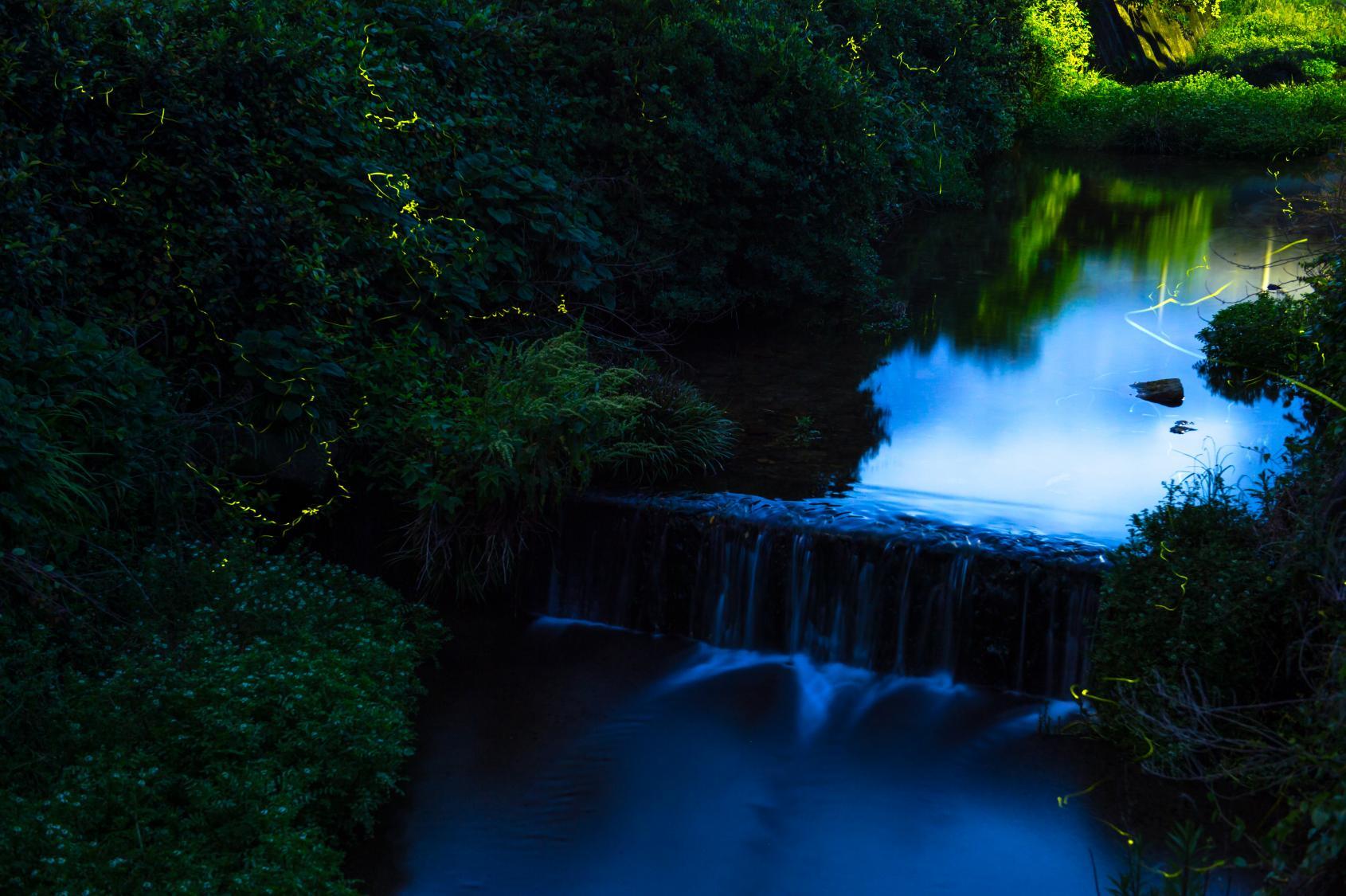

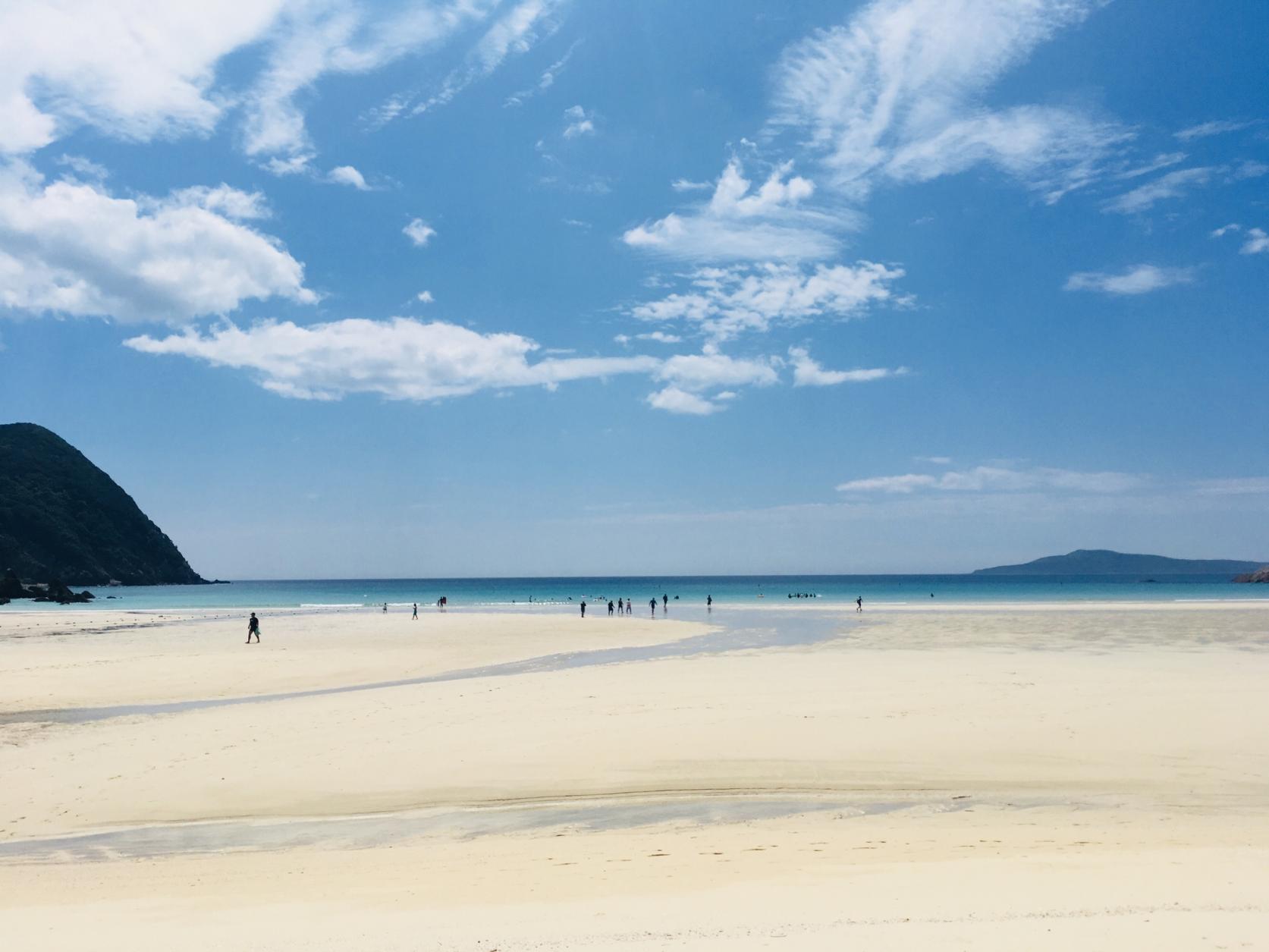
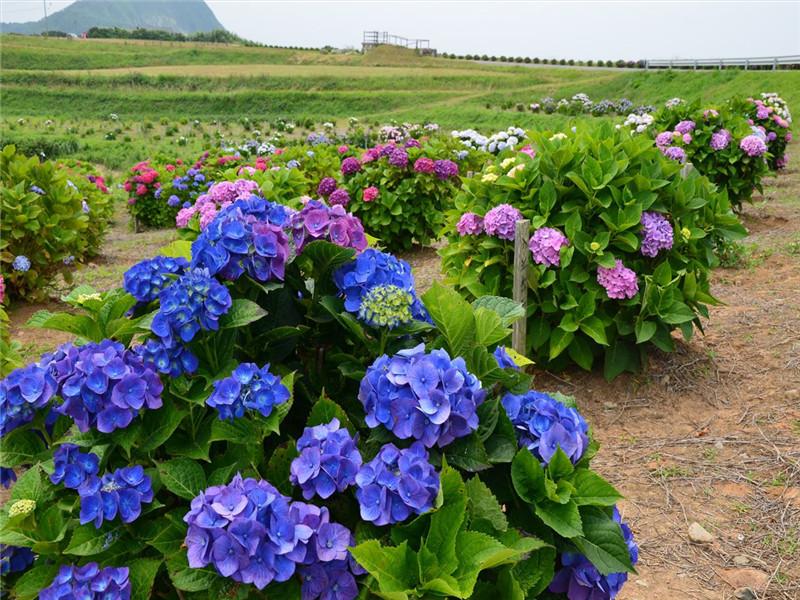
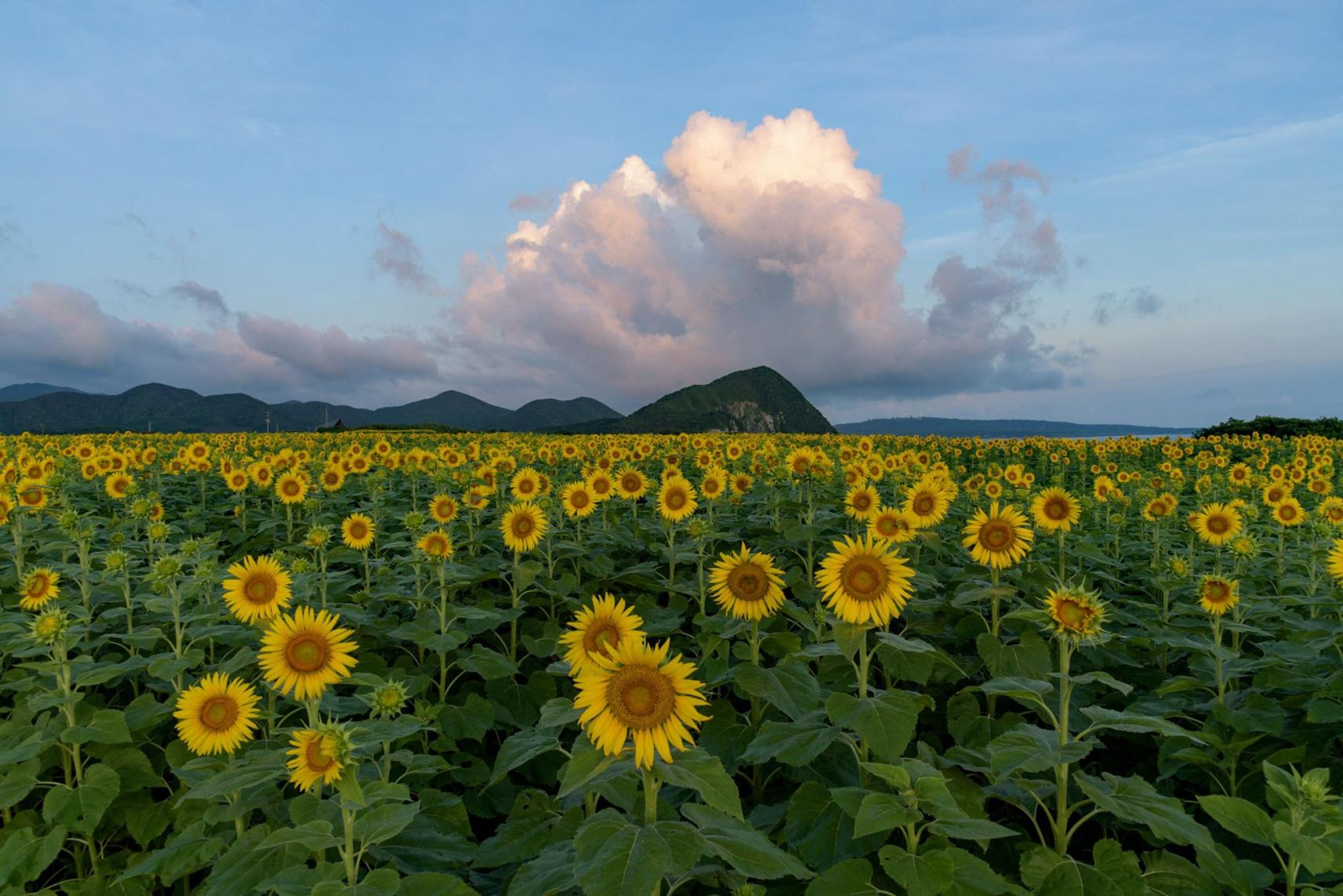
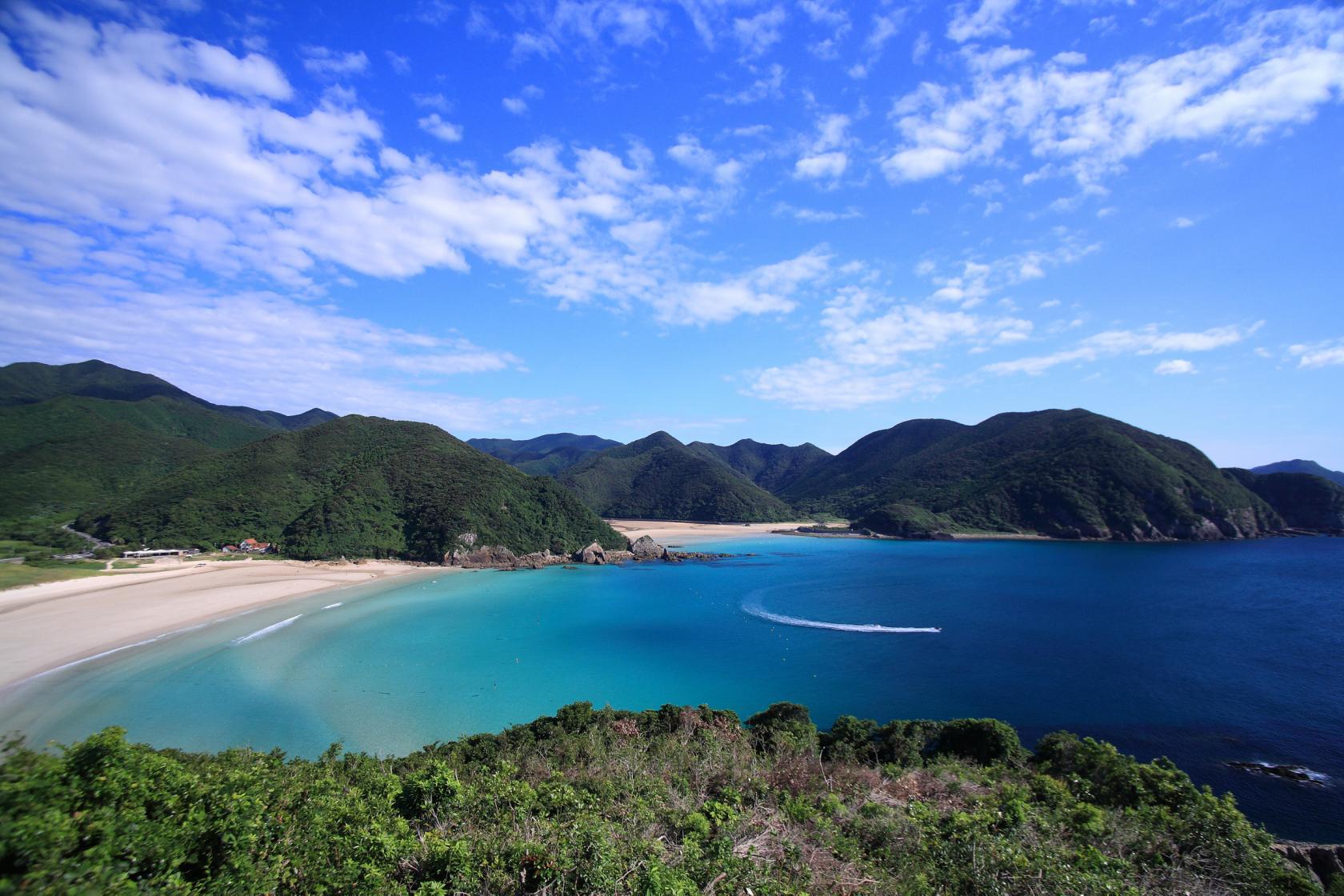
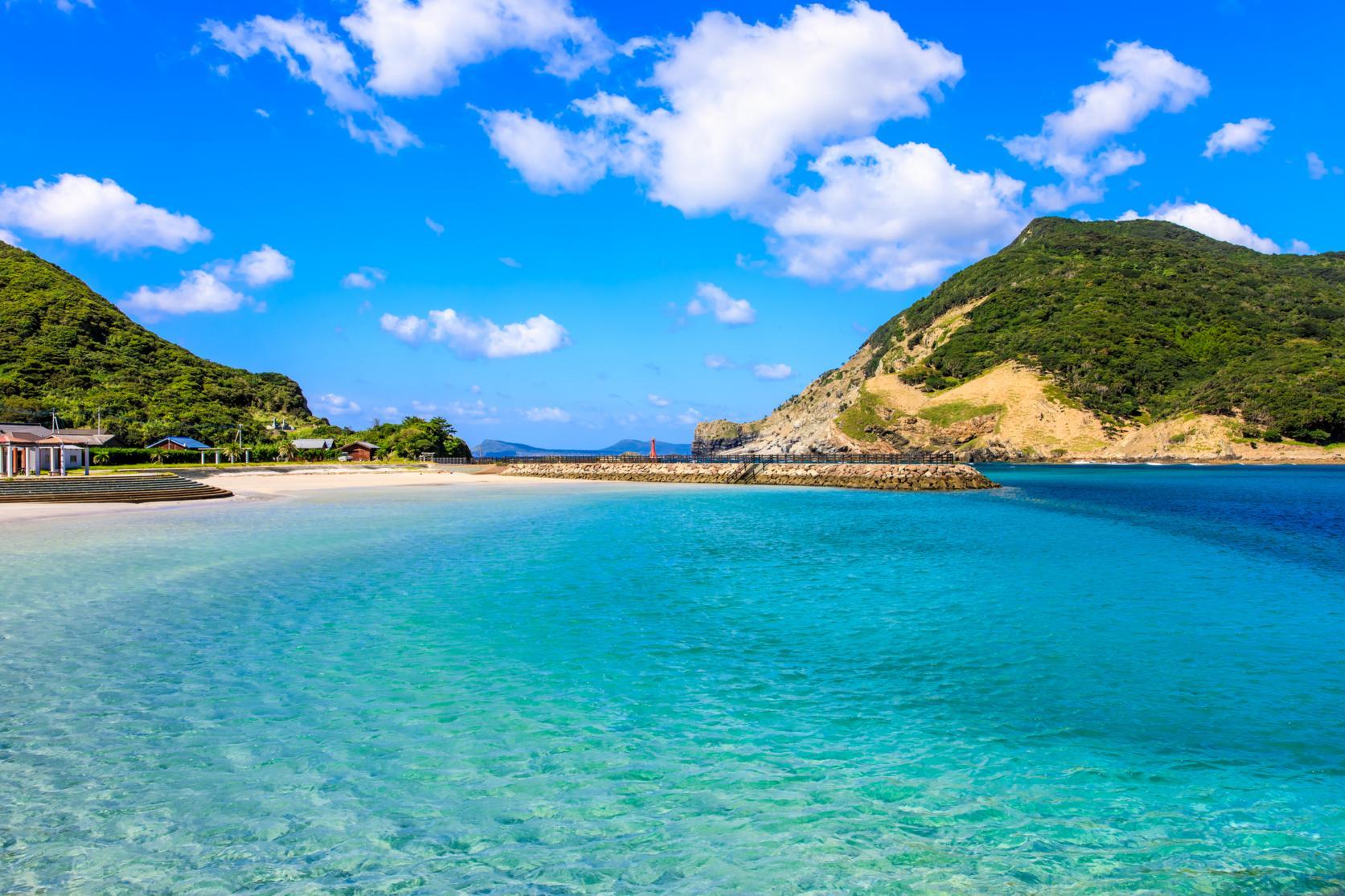
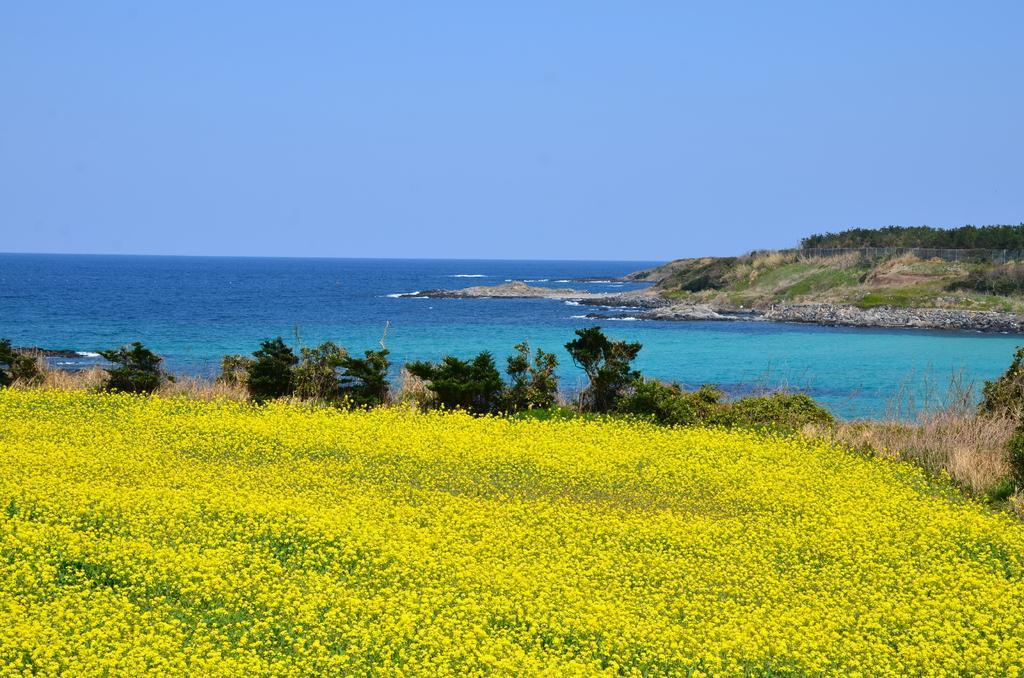
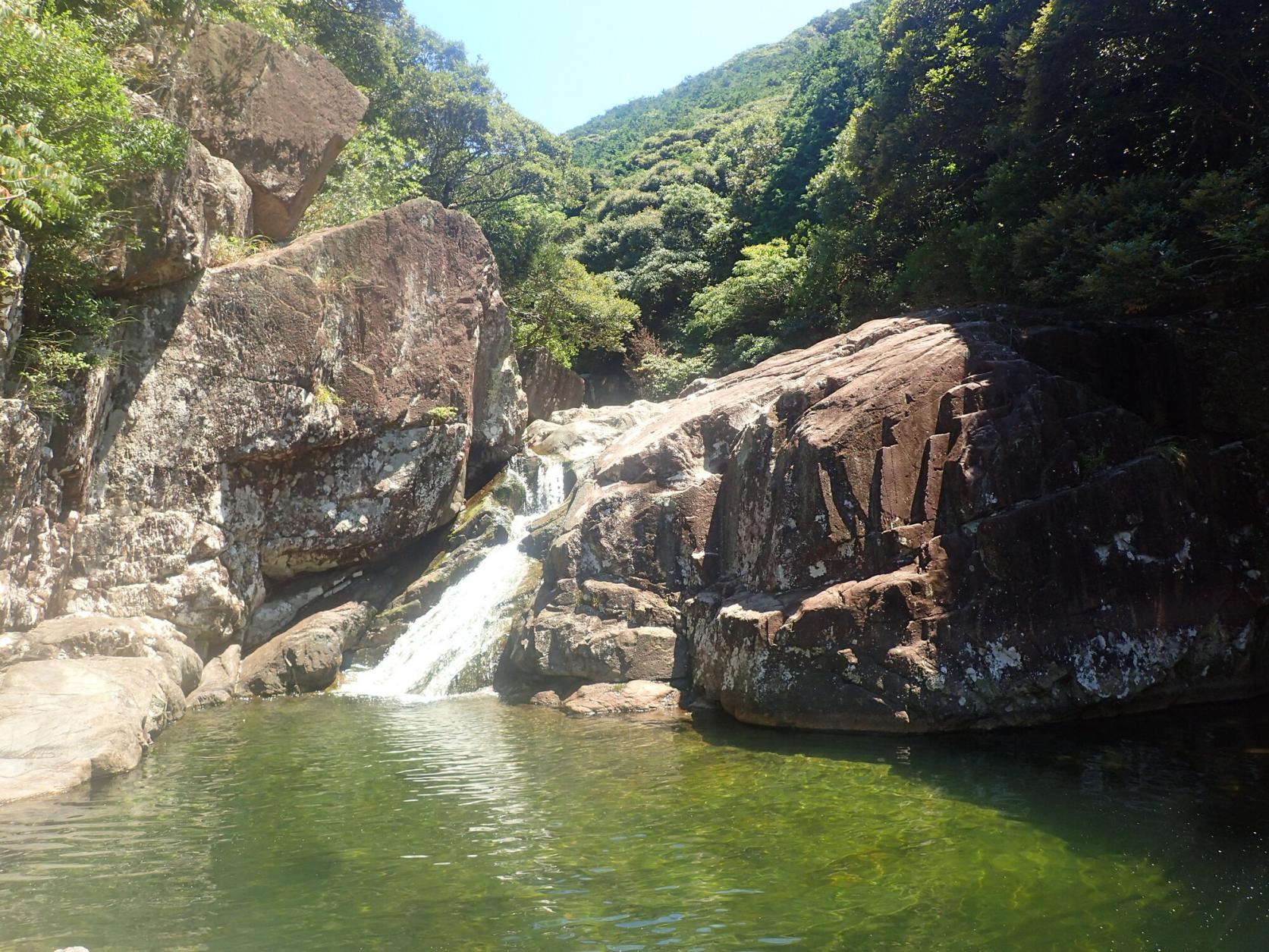
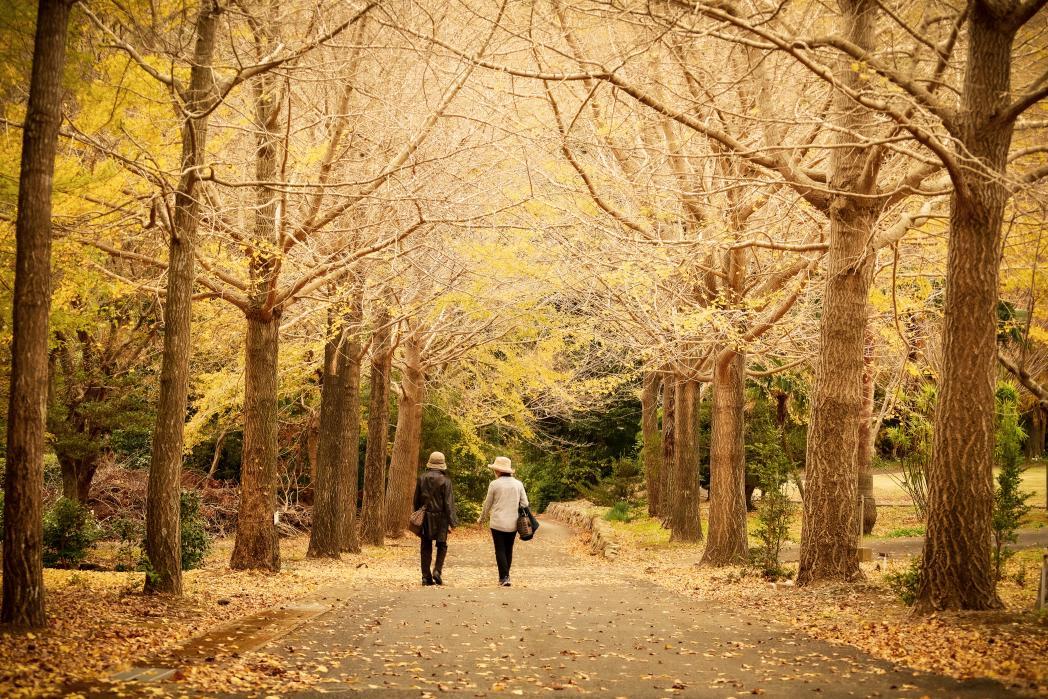
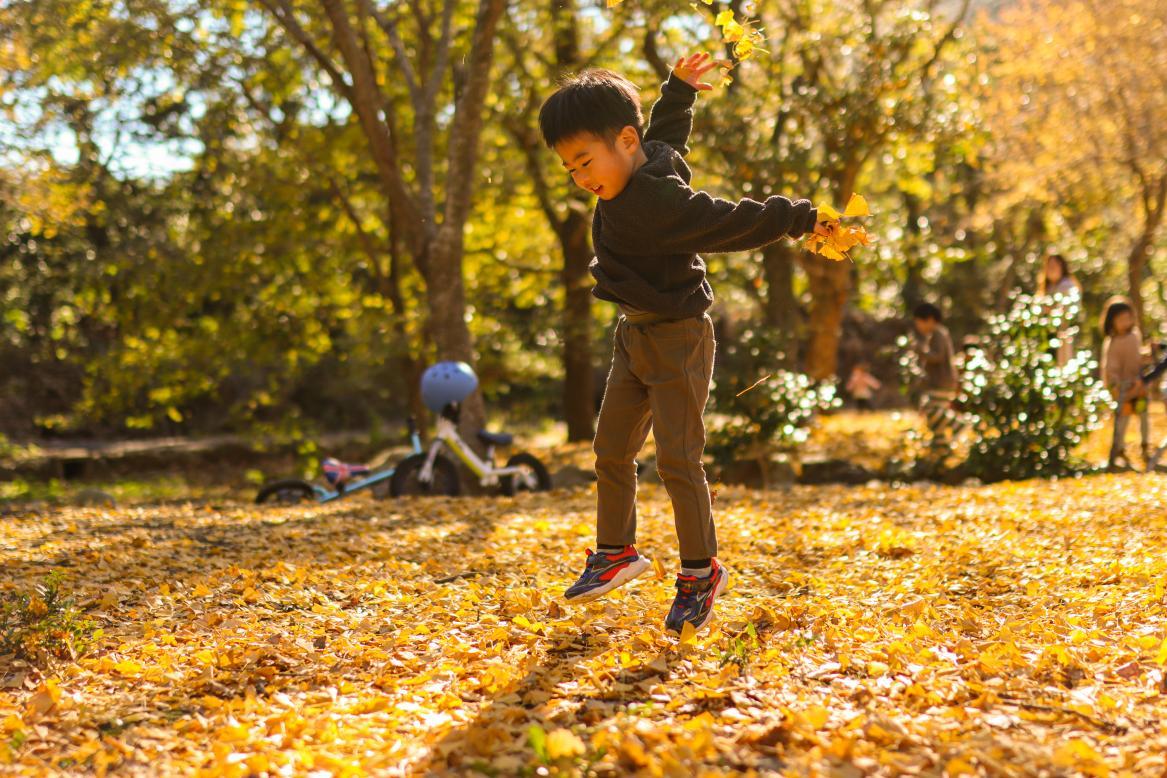
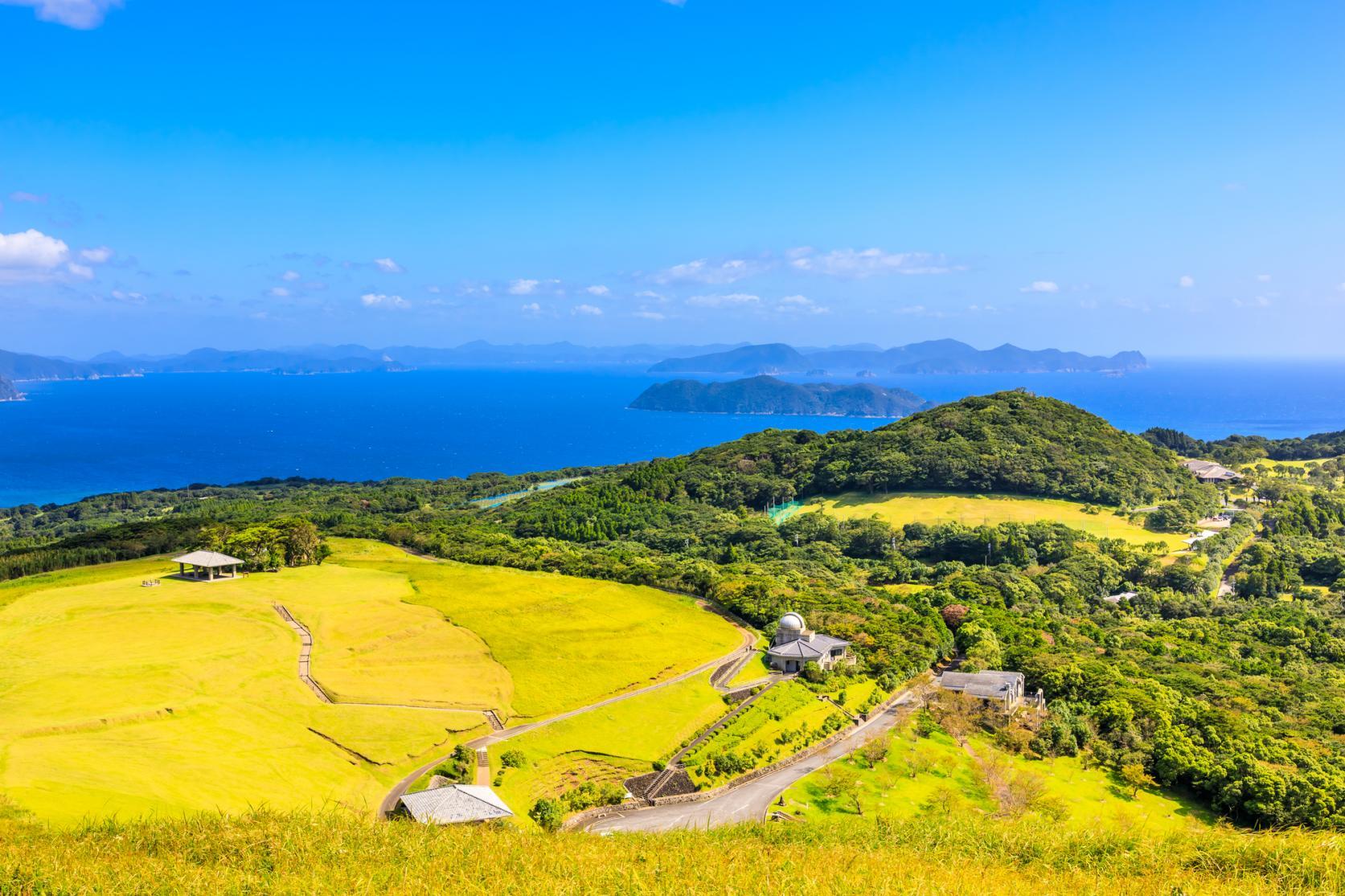
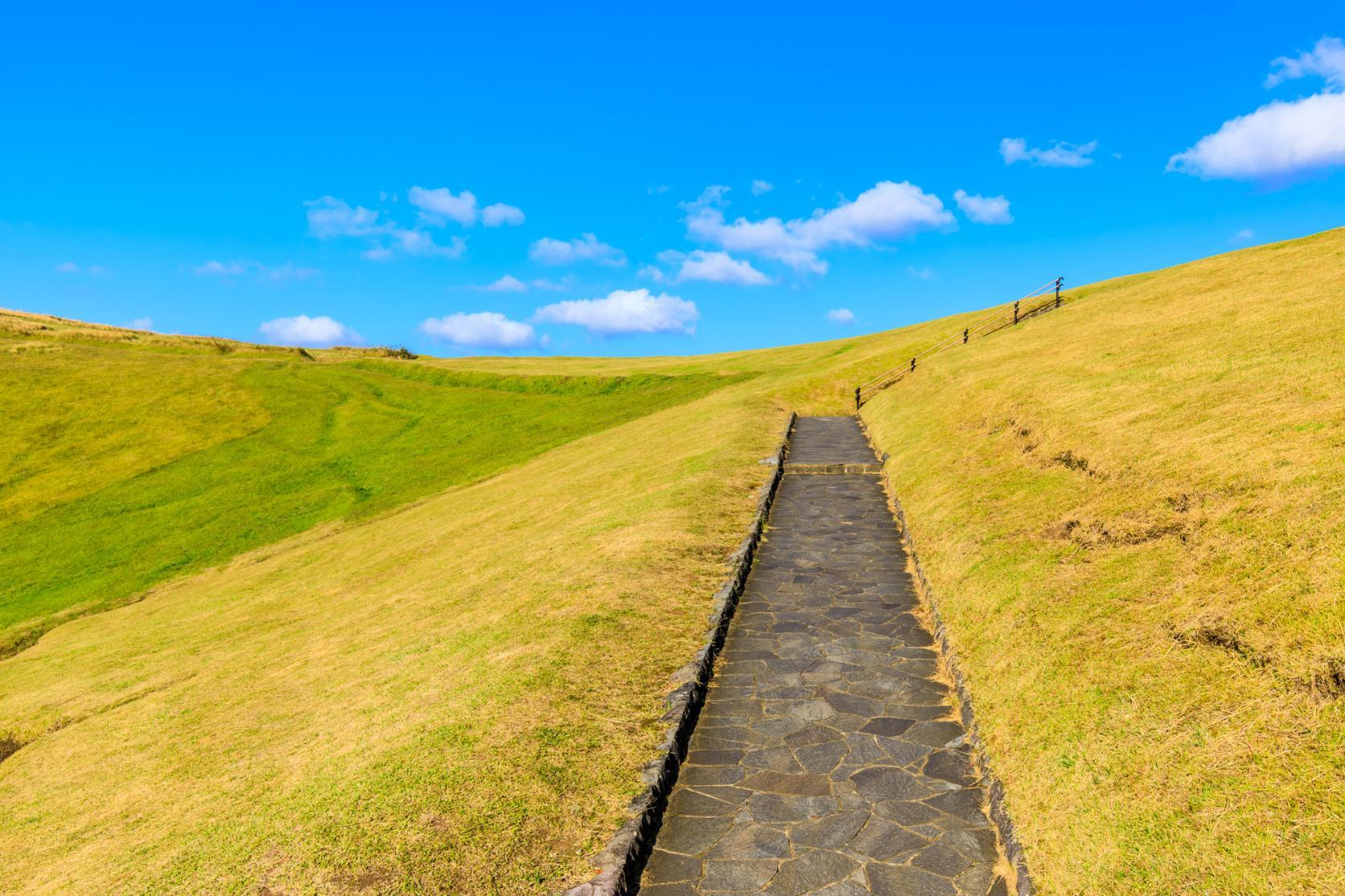
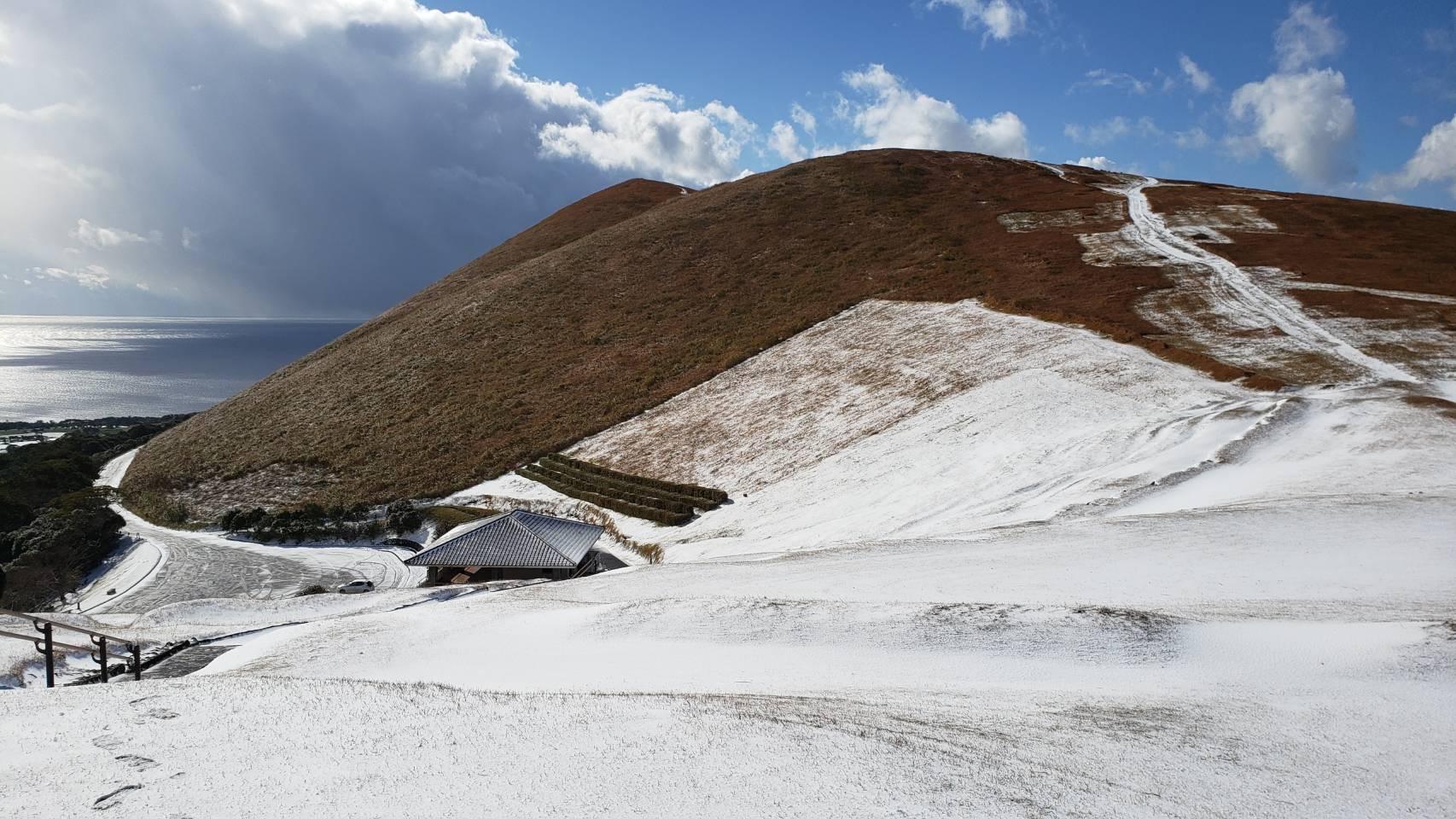
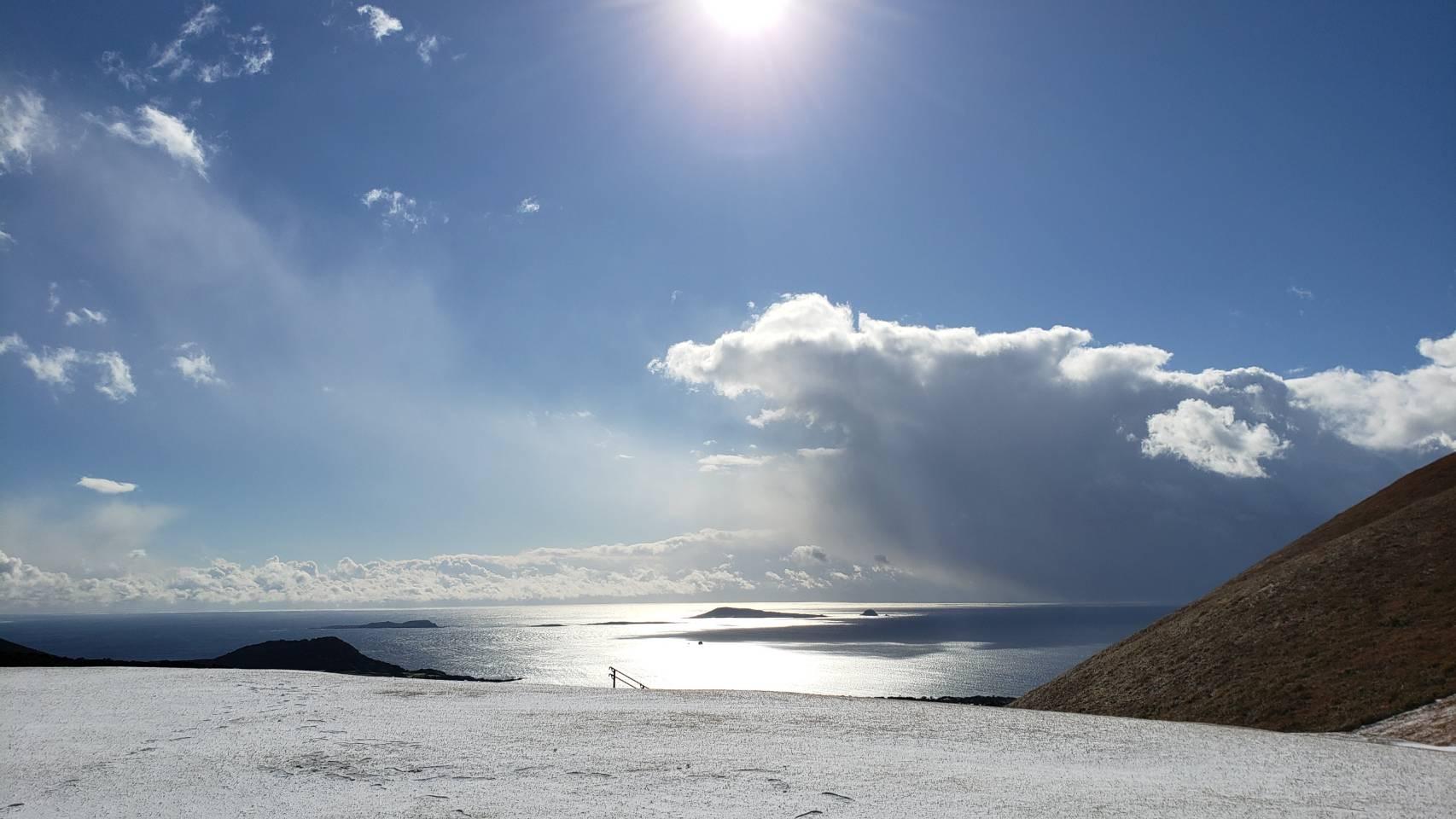
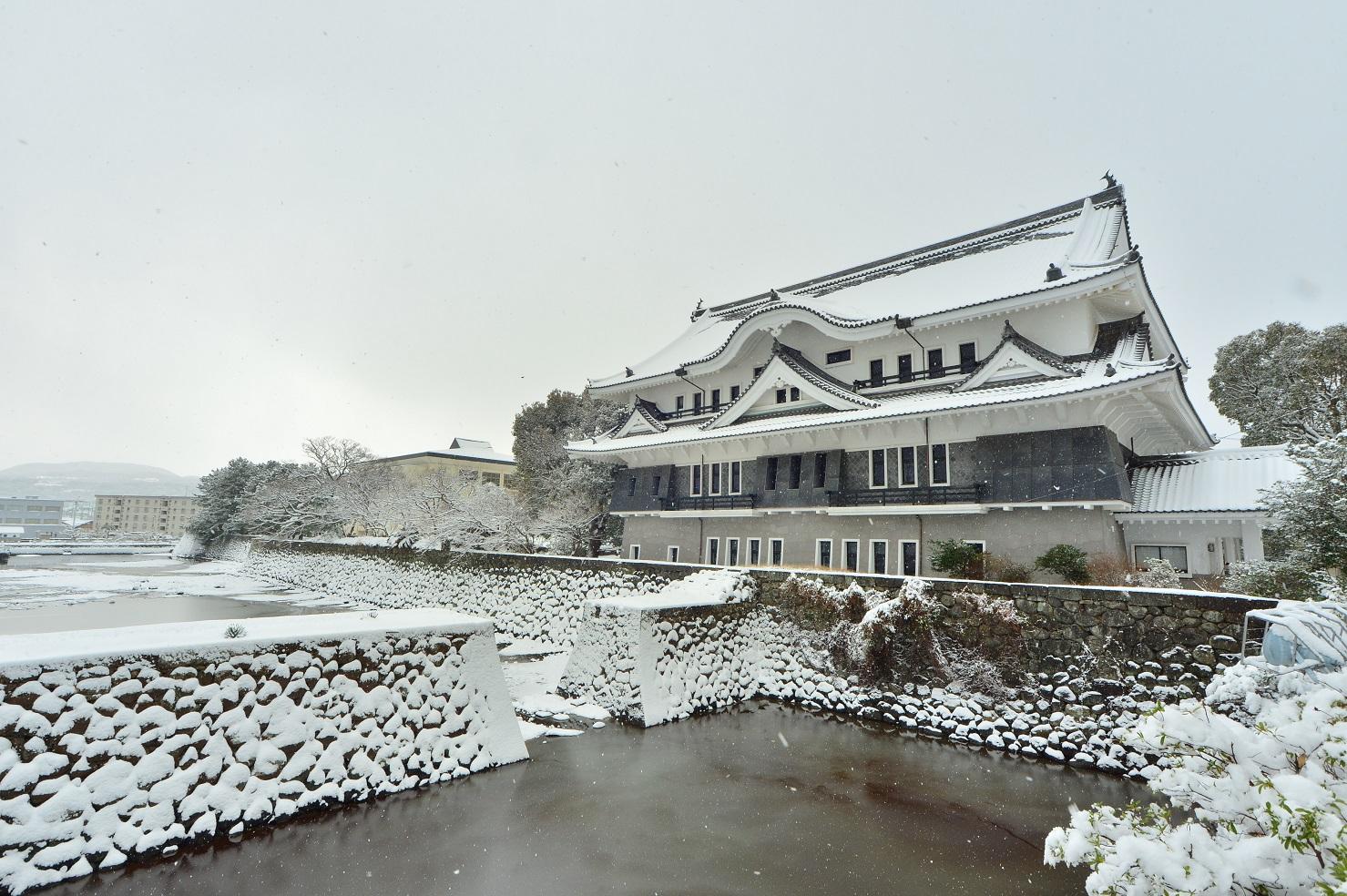
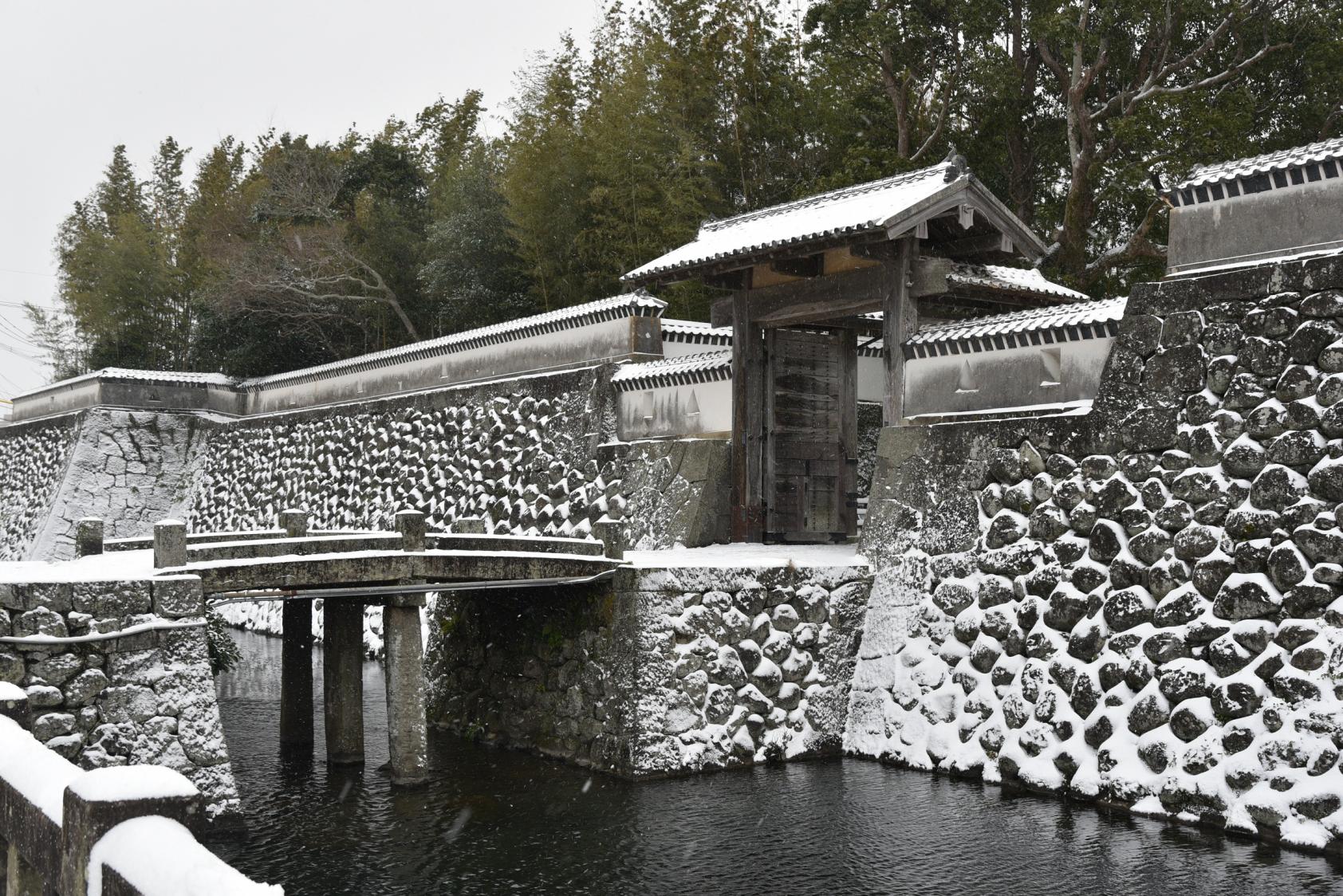

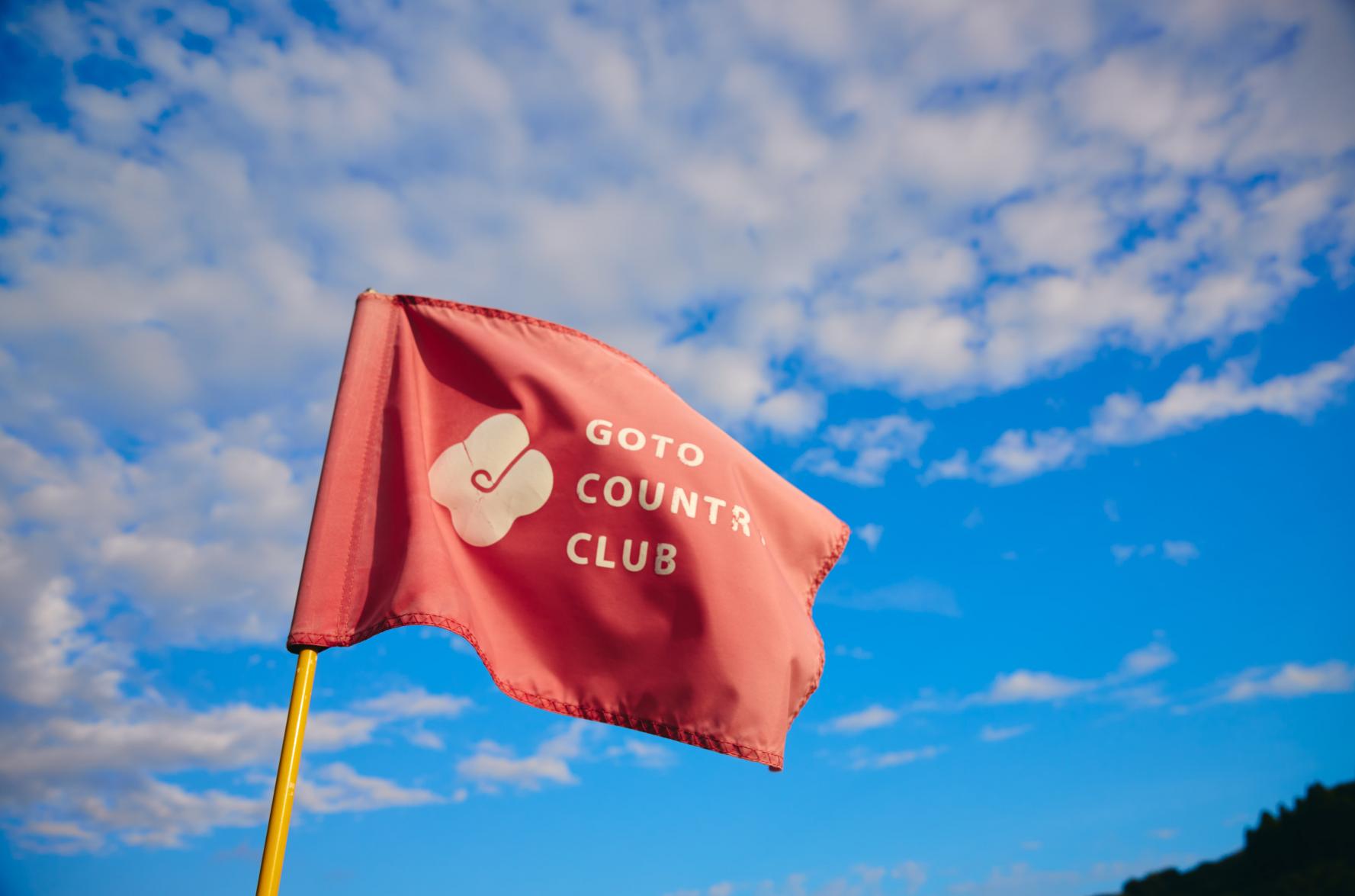
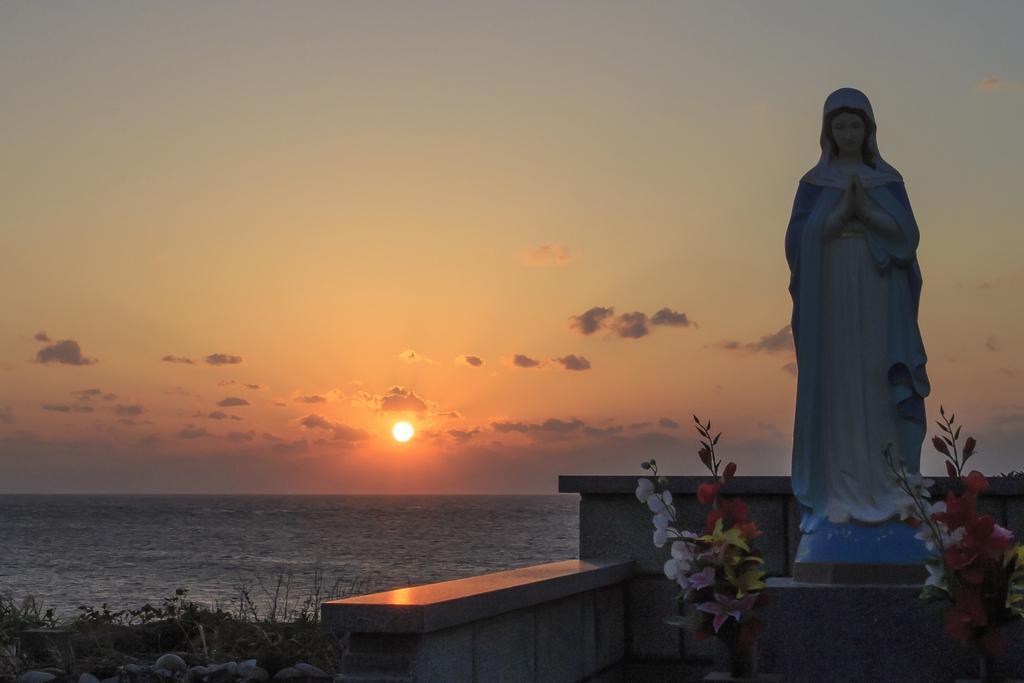
![[Starting from Nagasaki] Nagasaki sightseeing & Goto (Fukue Island): Fun route (4days)-1](https://goto.nagasaki-tabinet.com/storage/special_features/222/responsive_images/zHqlBrx66d2vjMullwTKPW3CgQ2g7dMRcmYgK7ss__1000_765.jpeg)
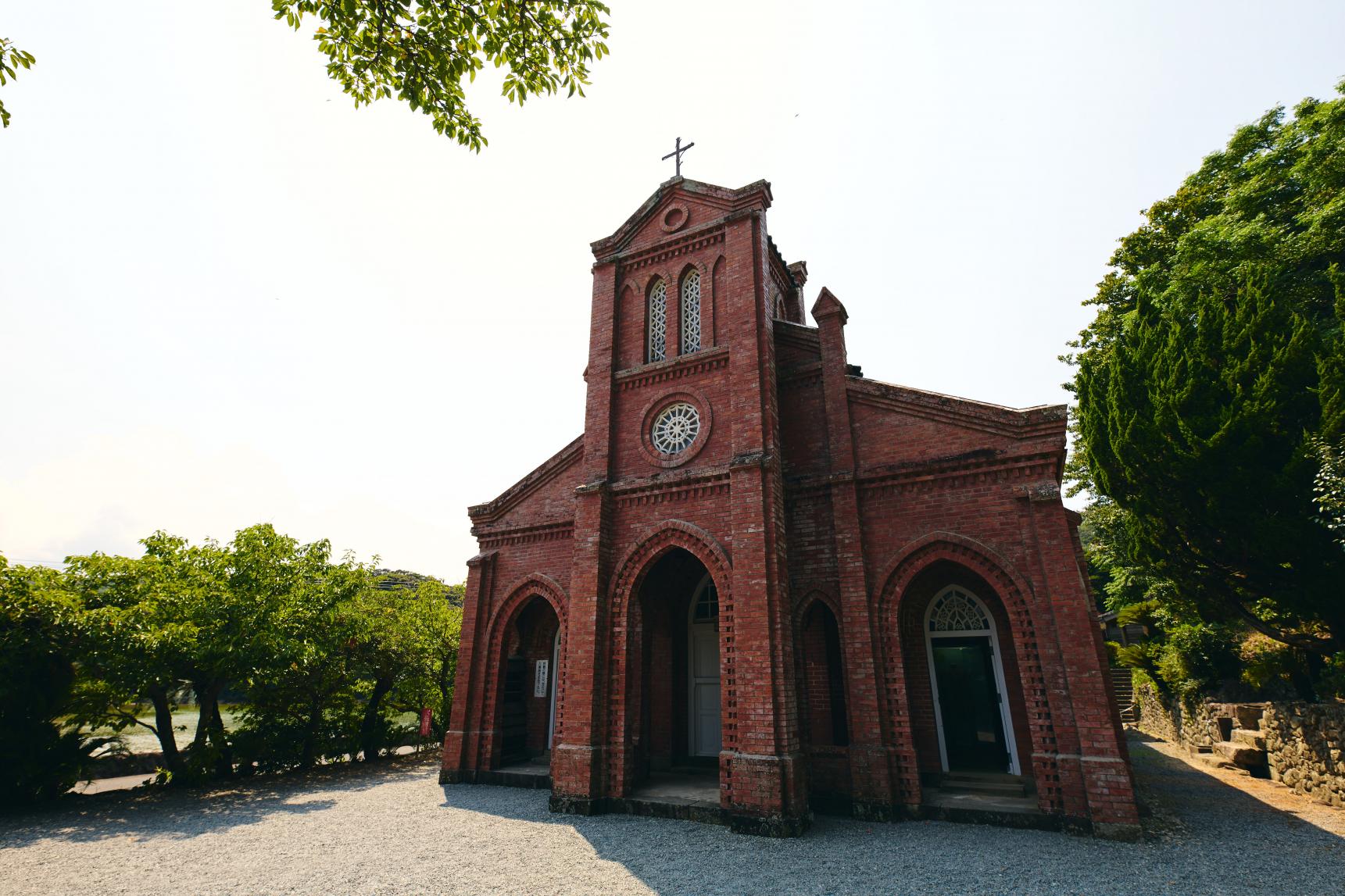
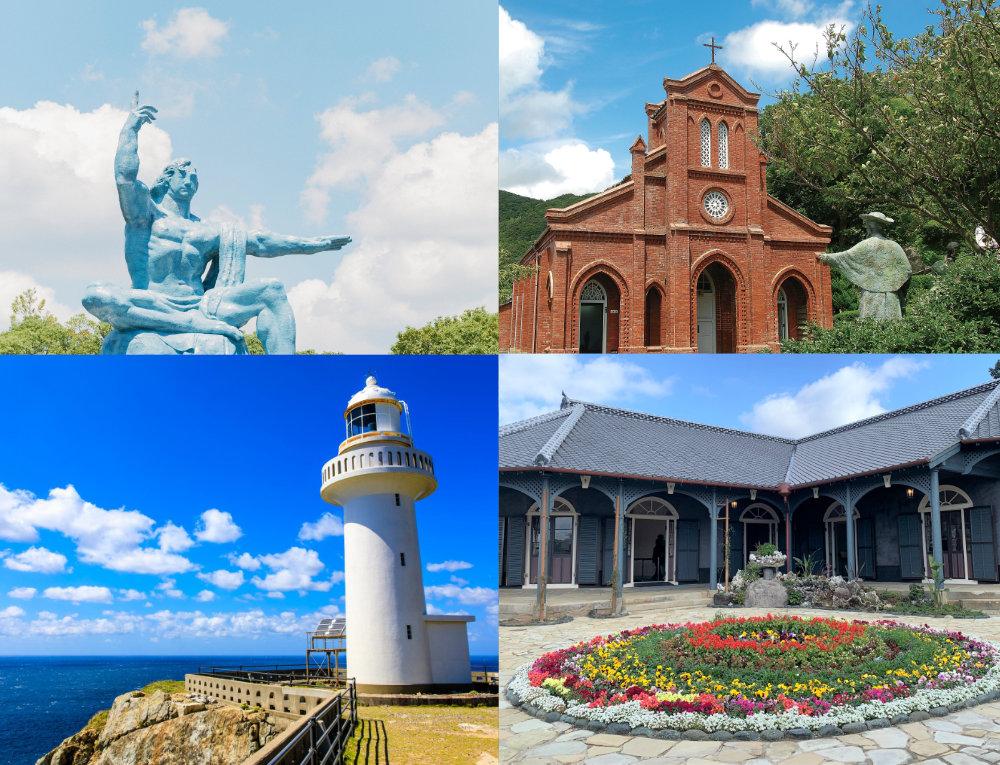
![[Starting from Kumamoto] Sightseeing in Kumamoto City & Unzen, Shimabara: A self-indulgent route around Goto-1](https://goto.nagasaki-tabinet.com/storage/special_features/238/responsive_images/dV5u9urj9uKWisf97c3i1QQP6s4nMNMusRv8qx13__1000_765.jpeg)
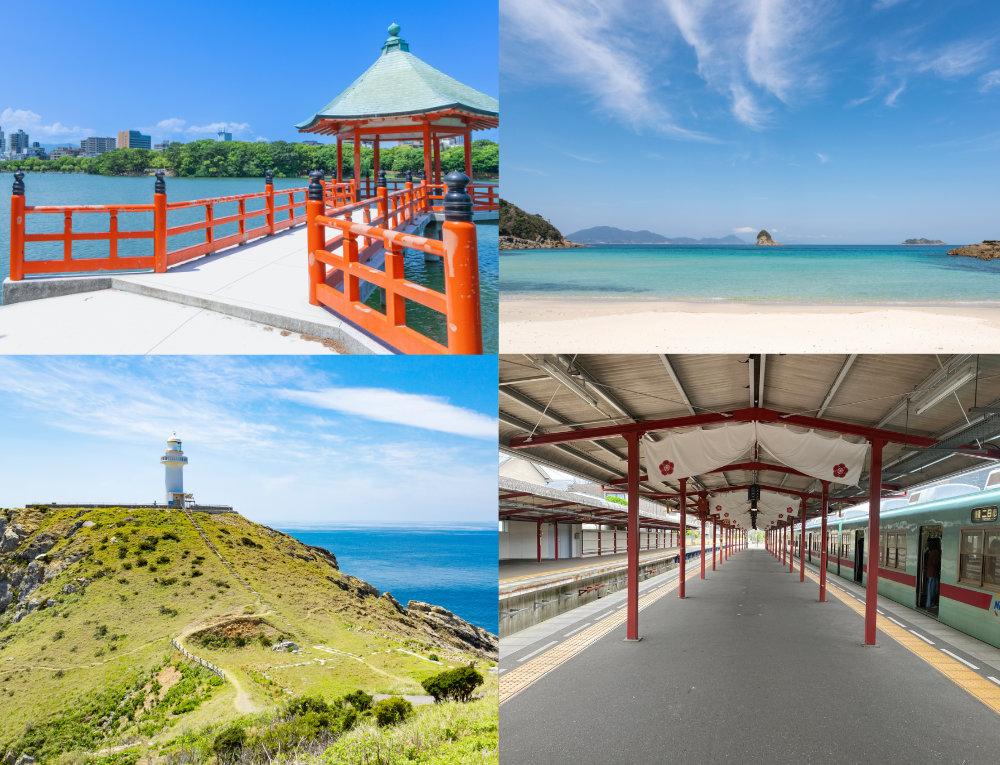
![[Starting from Kumamoto] Huis Ten Bosch & Nagasaki Chinatown: A self-indulgent route around Goto-1](https://goto.nagasaki-tabinet.com/storage/special_features/239/responsive_images/fZ4oFTx63NUiNFa10cgLZ87B3gxy0lacUexUk72r__1000_765.jpeg)
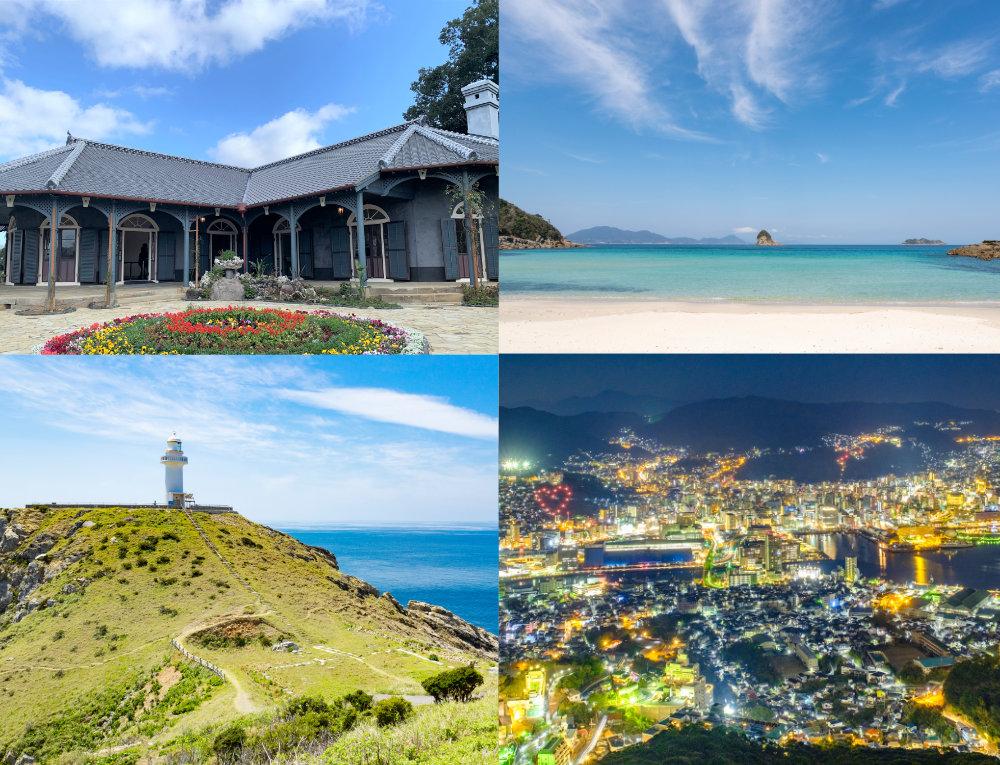
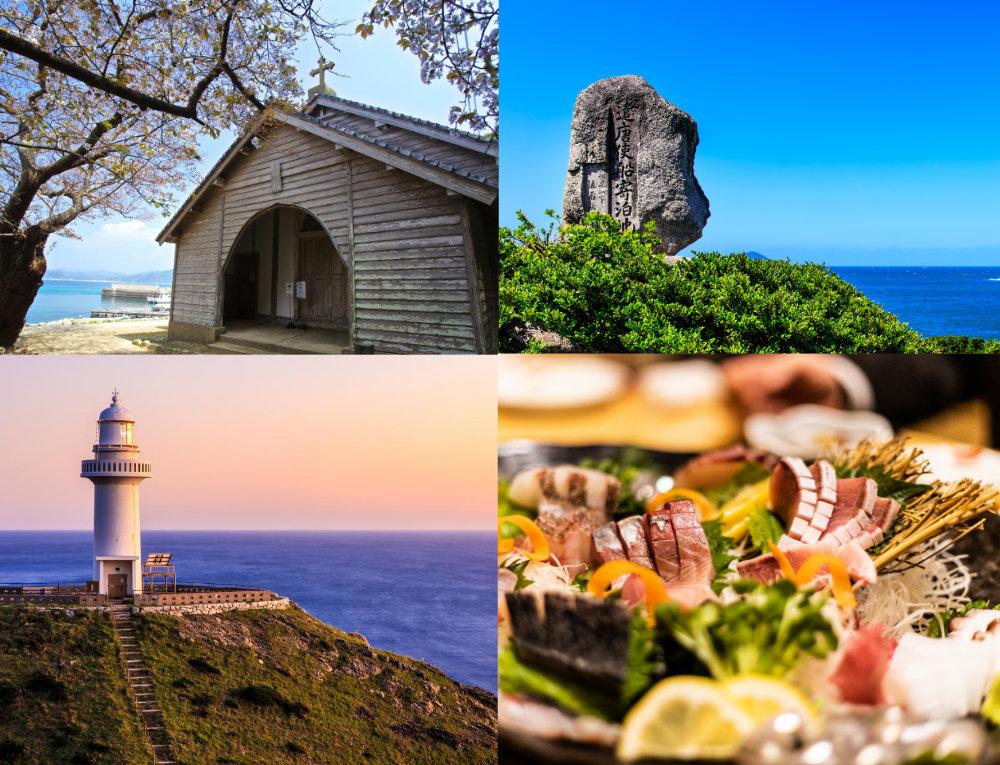
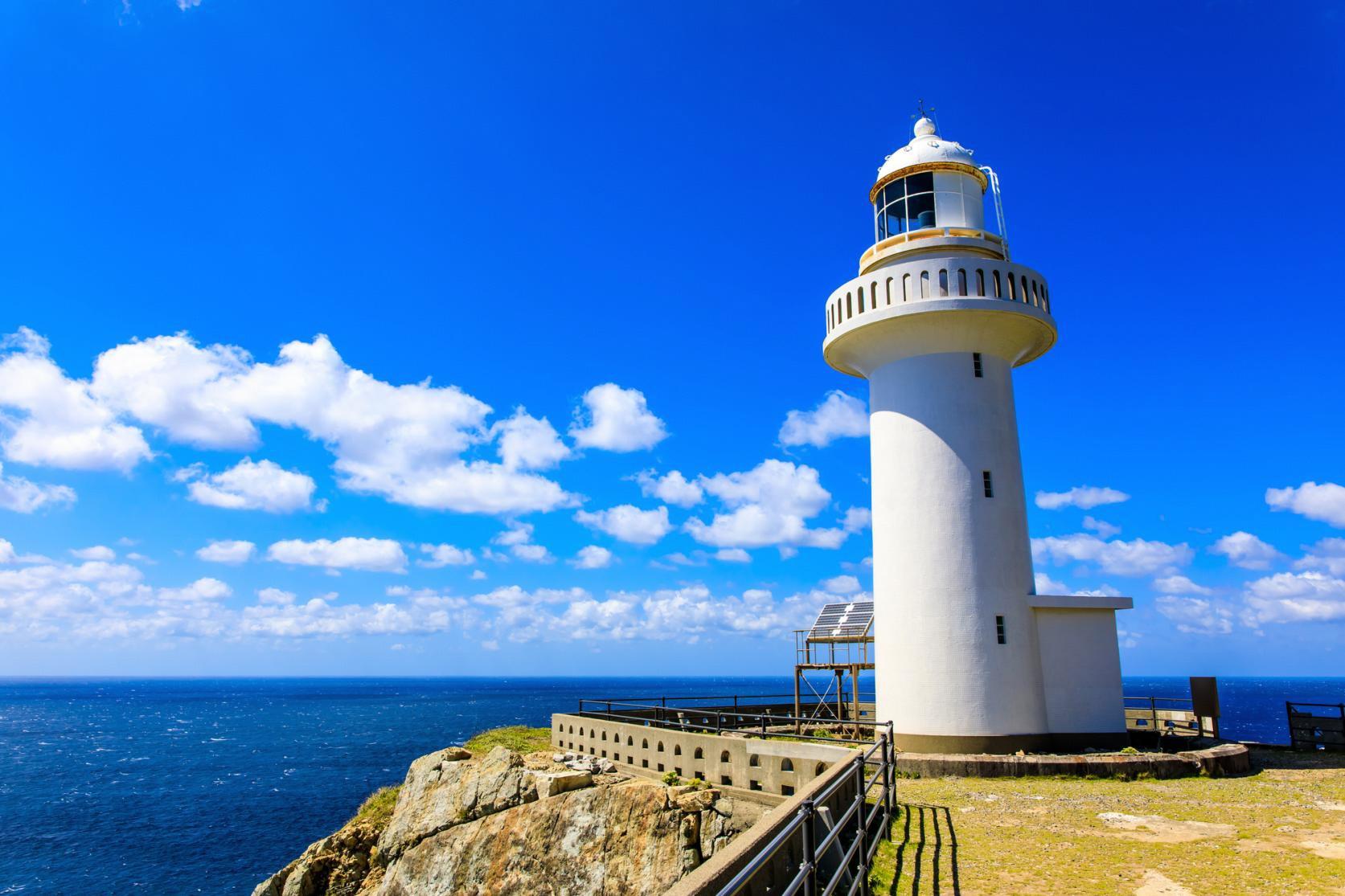
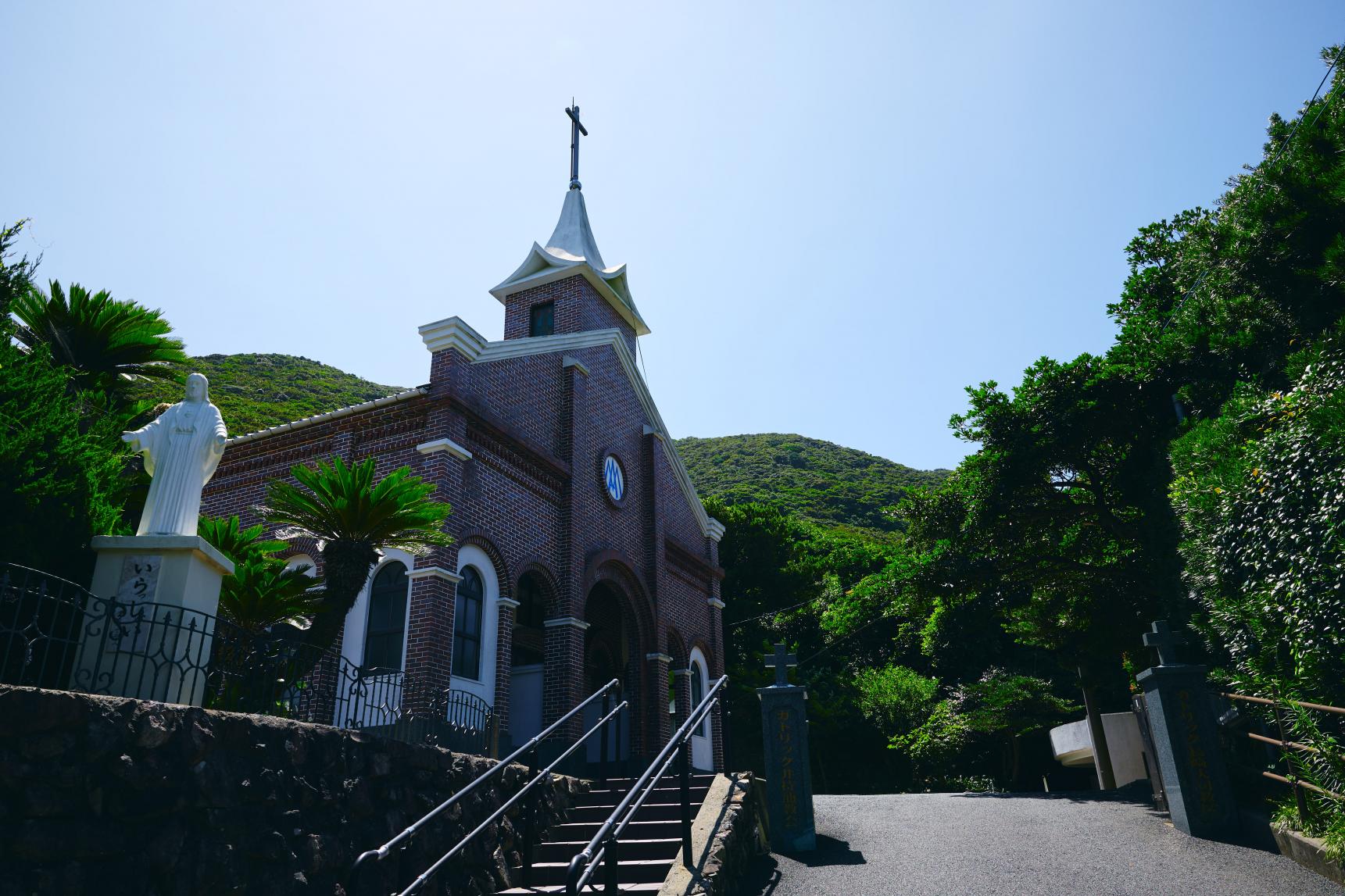
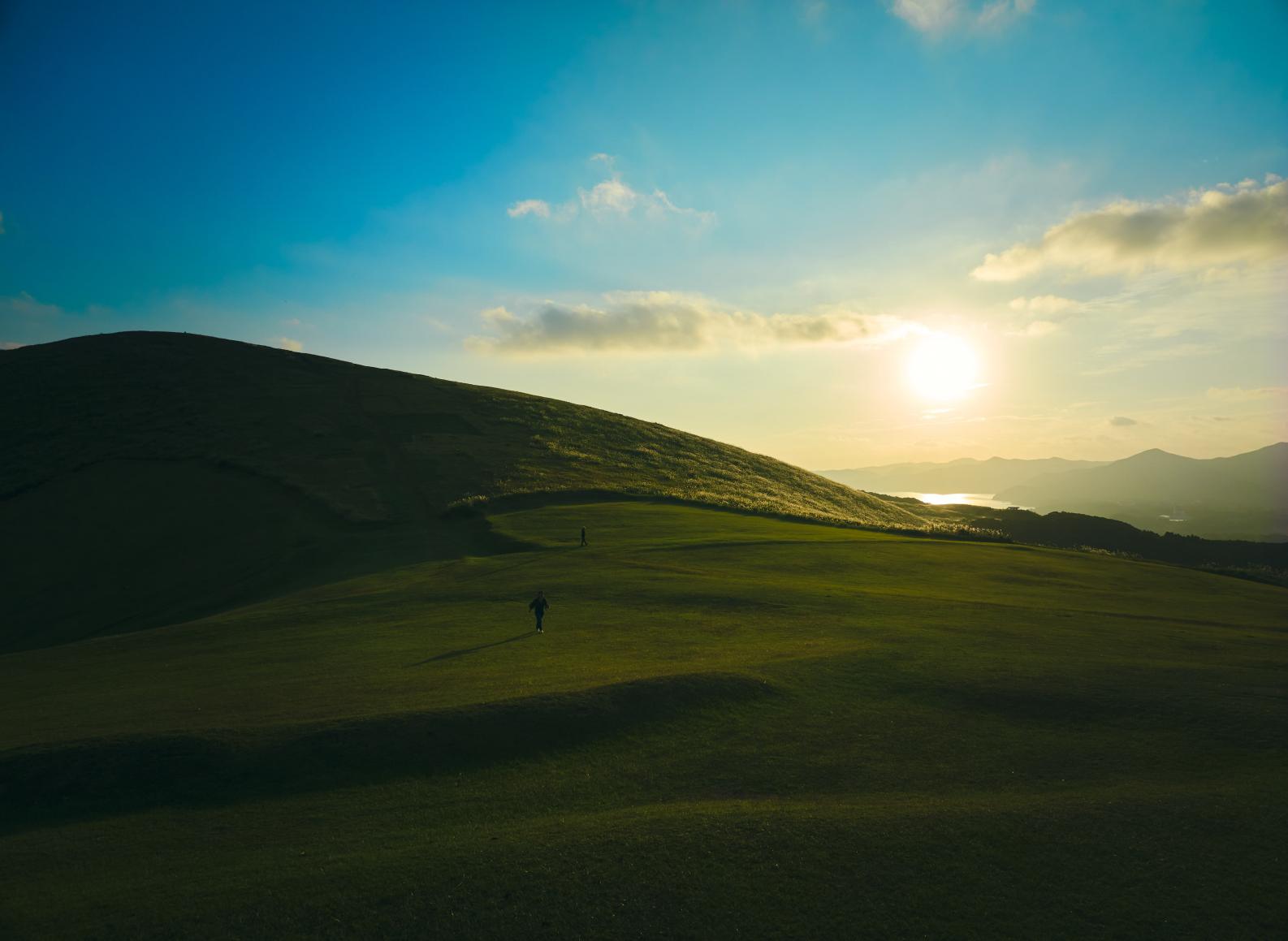
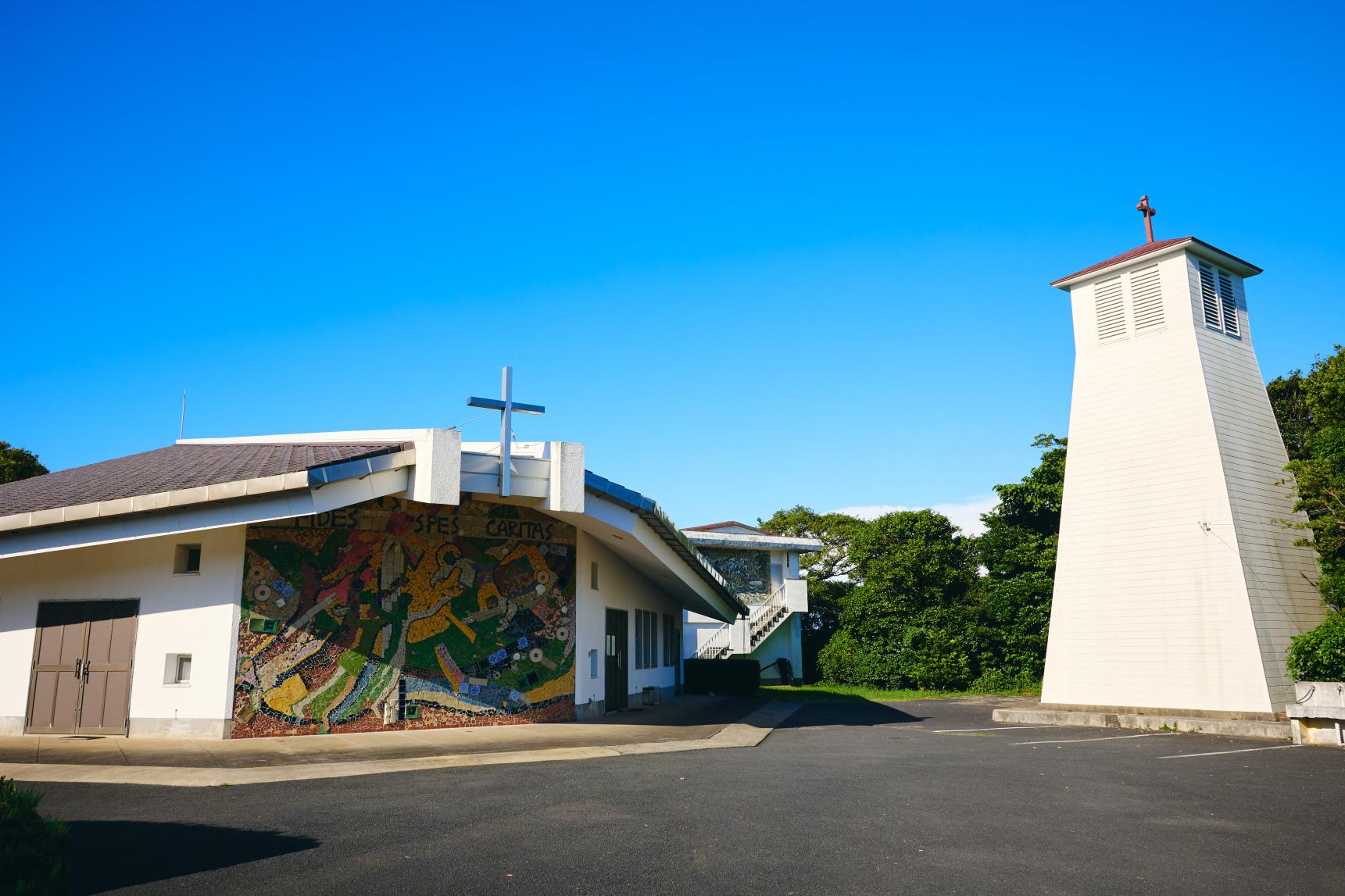
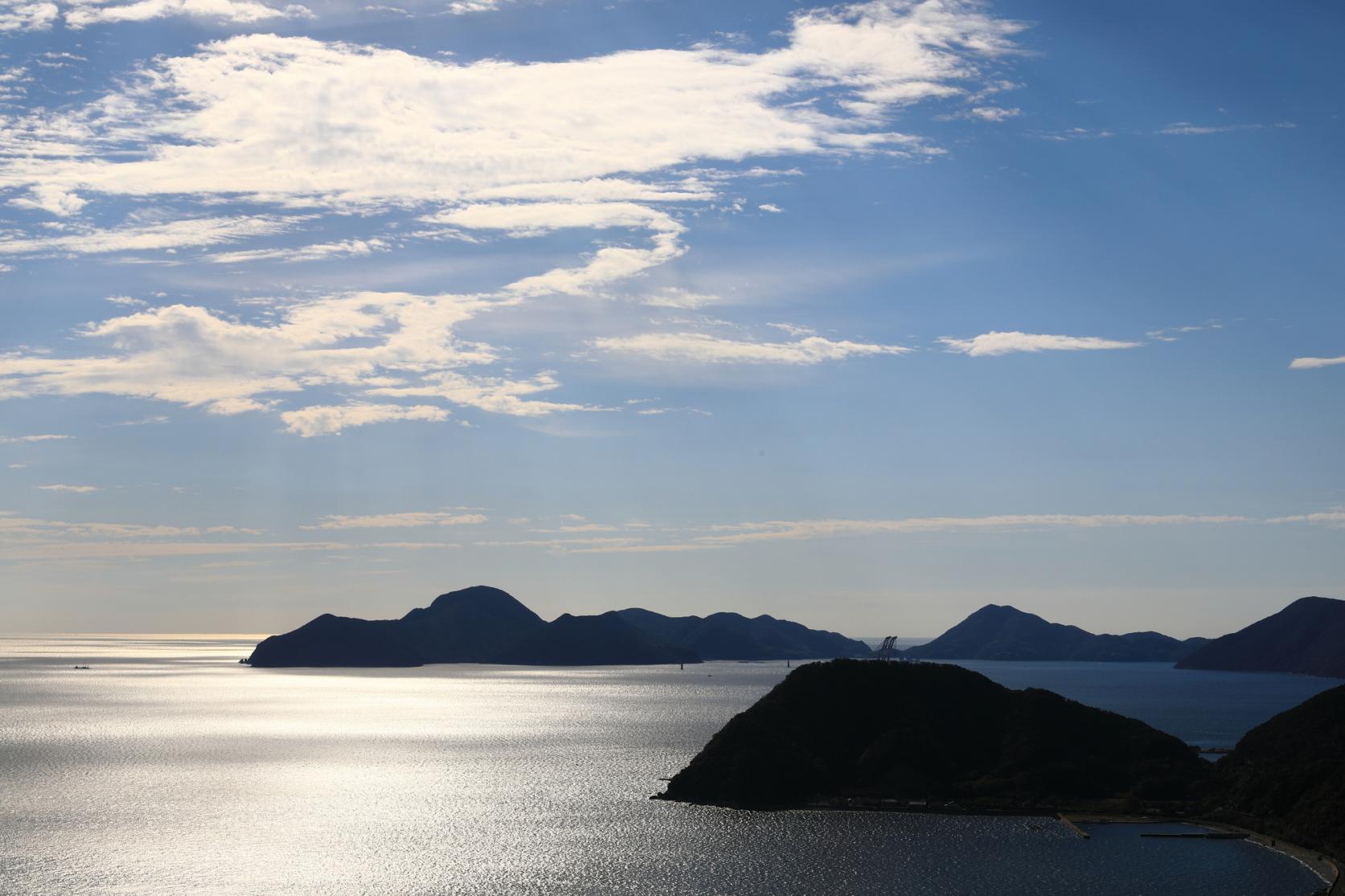
![[Starting from Hakata] Sightseeing in Fukuoka and Nagasaki & Goto (Fukue Island): Fun route (4days)-1](https://goto.nagasaki-tabinet.com/storage/special_features/221/responsive_images/PRTKDAvYWK8lxEjY6W9qsDAvPhqIVdKi3pw4IoG9__1000_765.jpeg)
